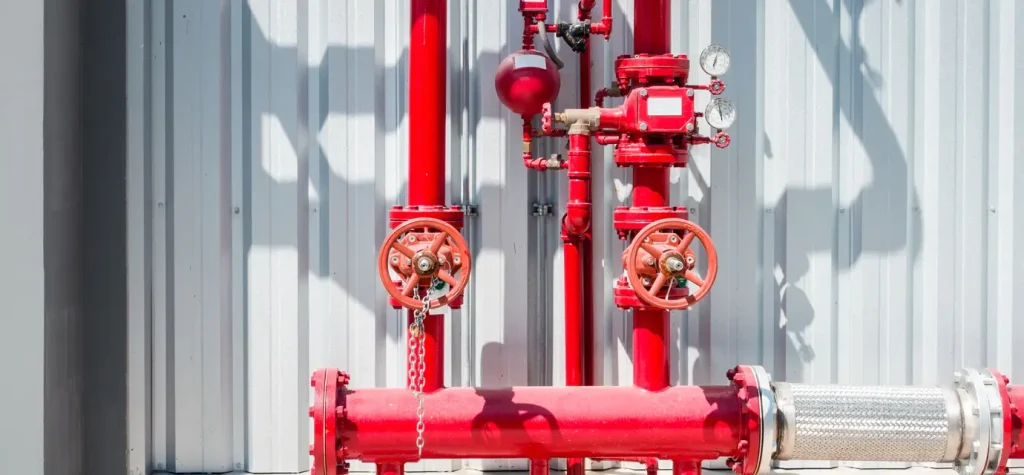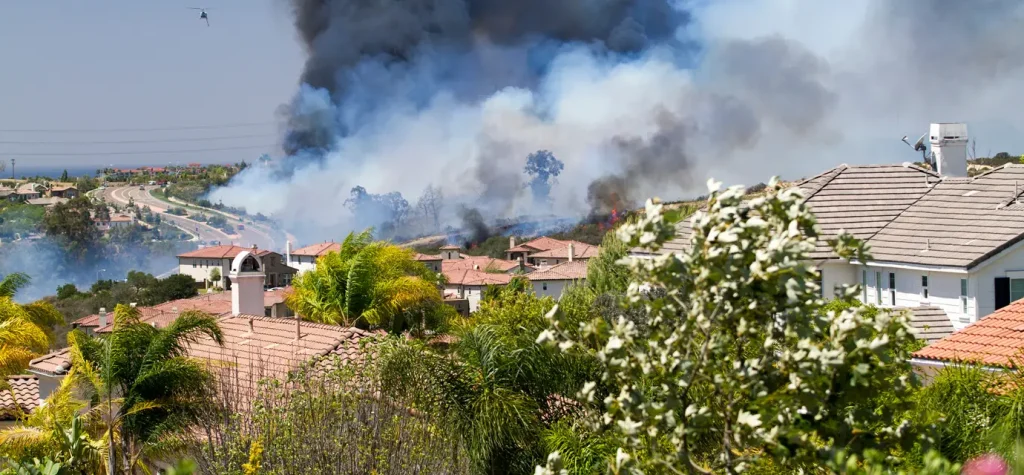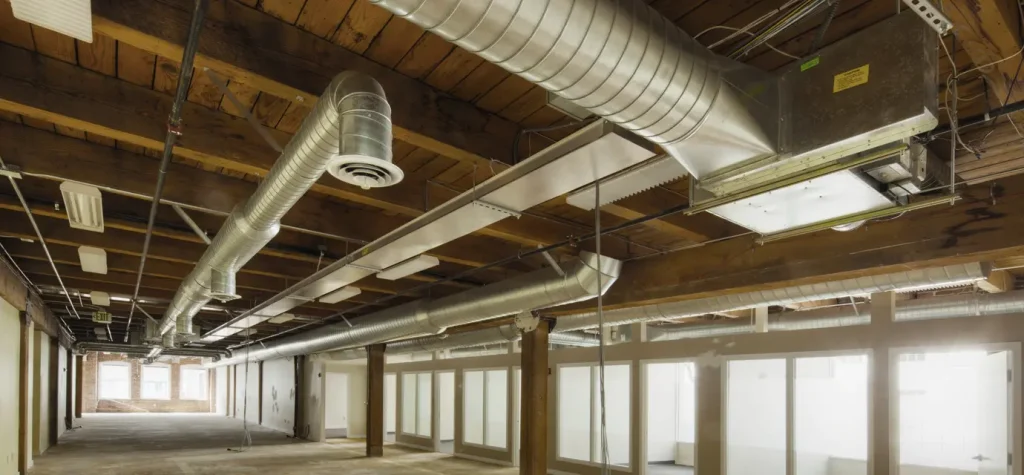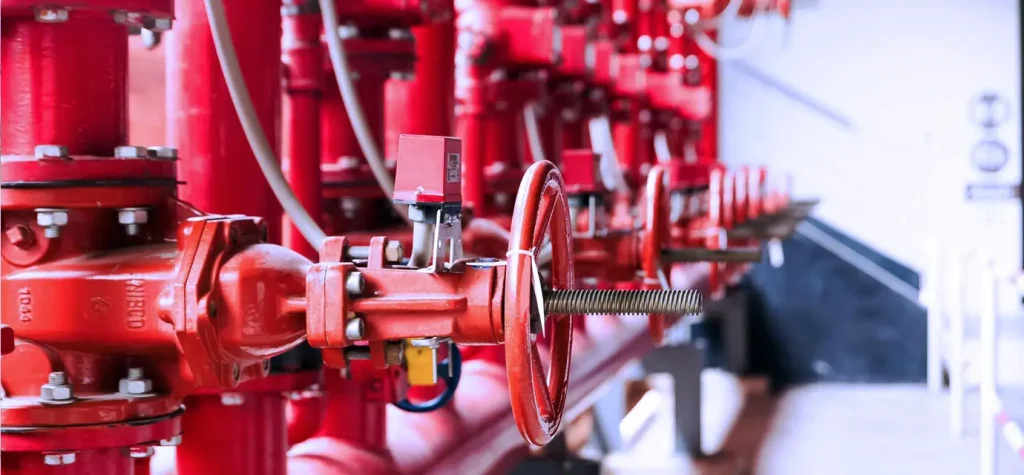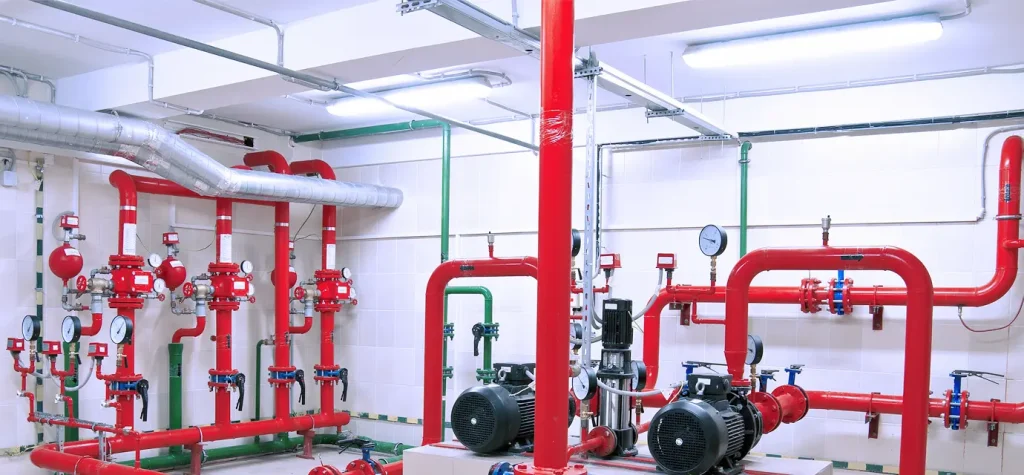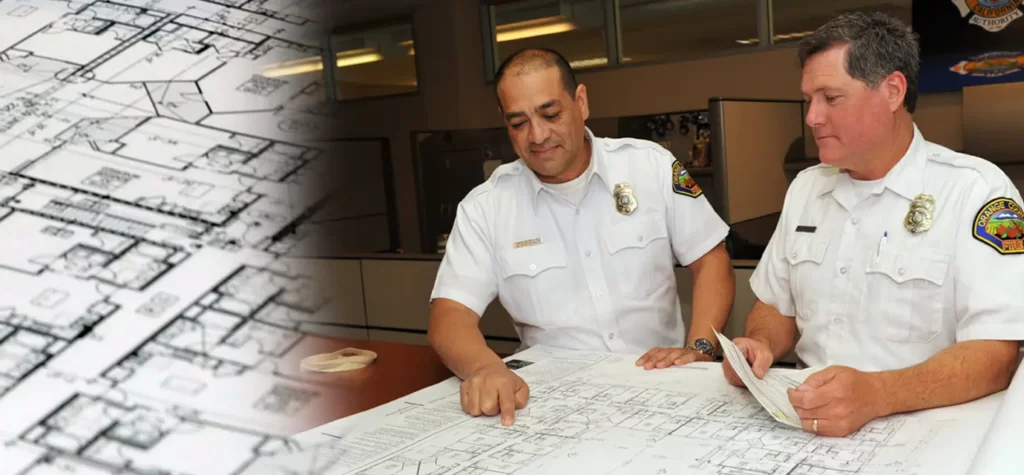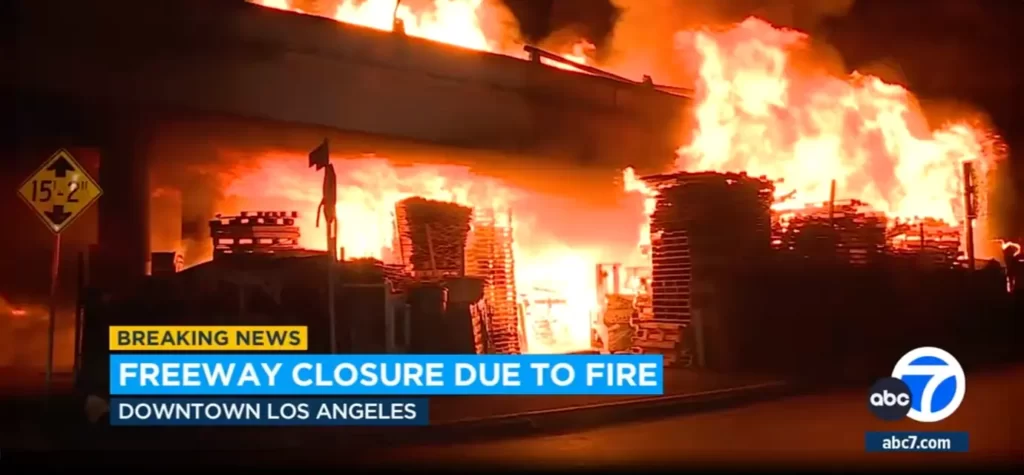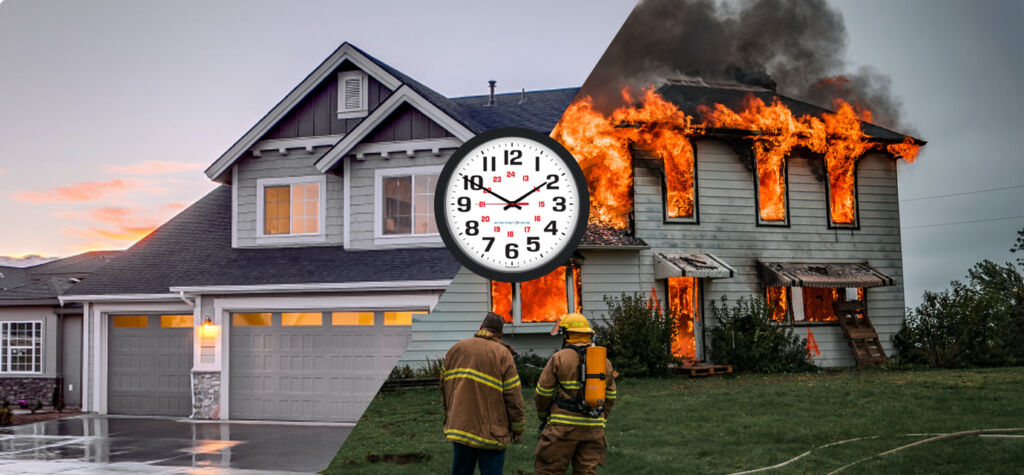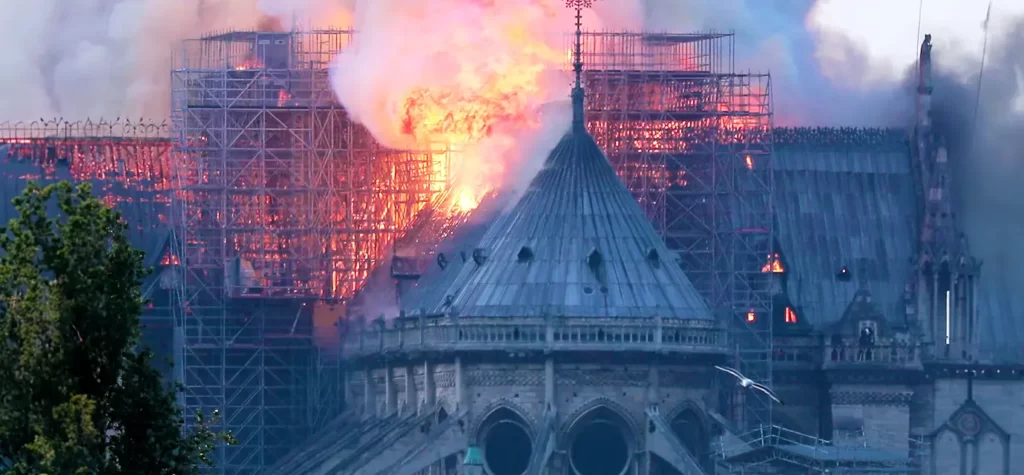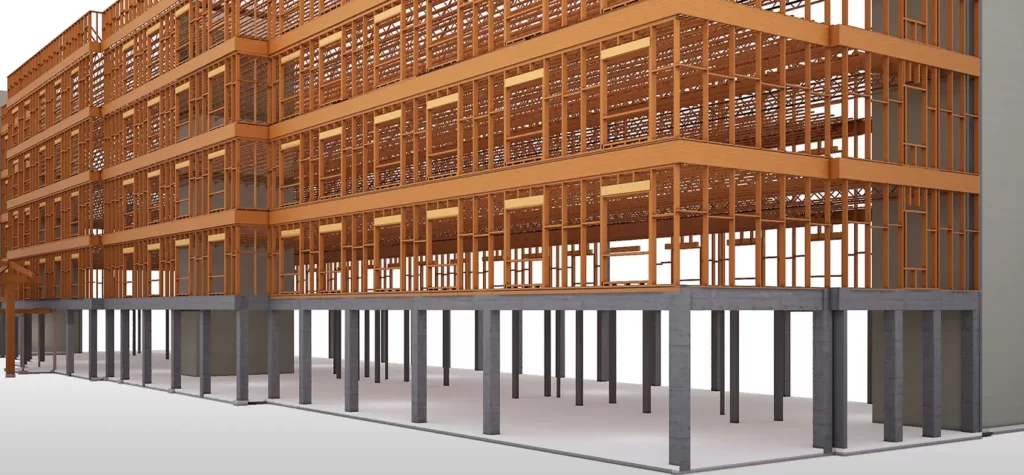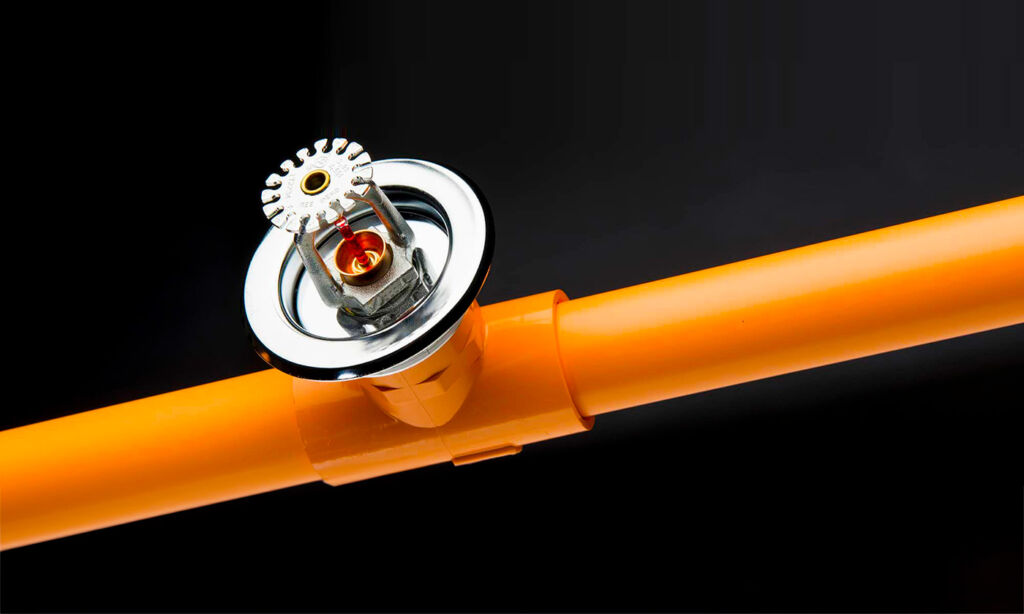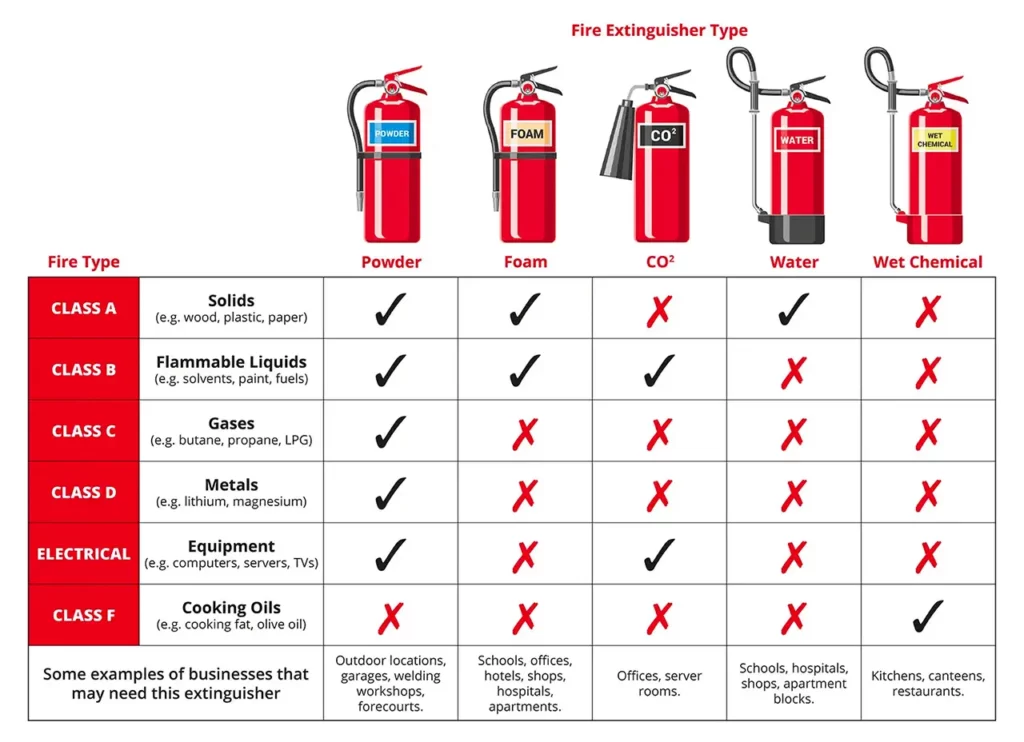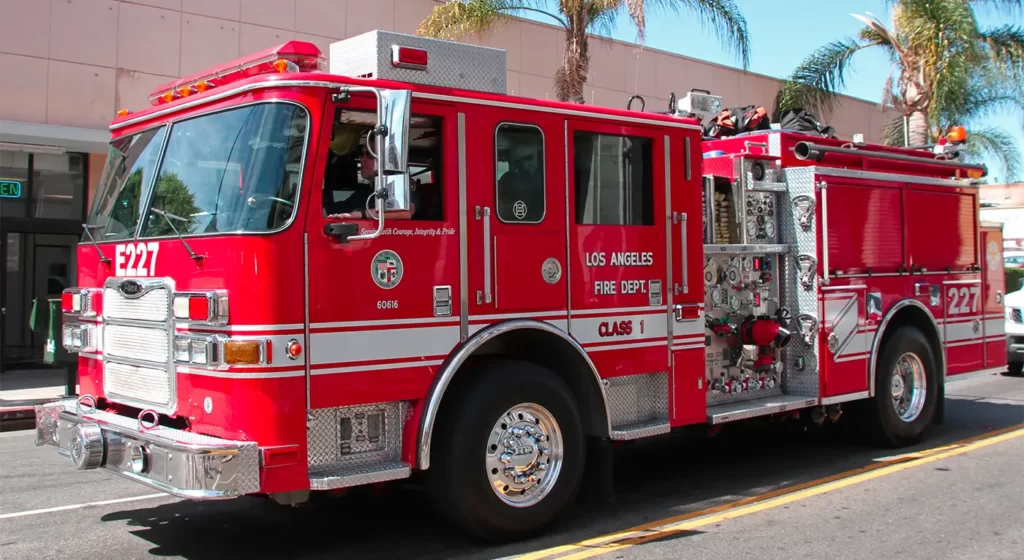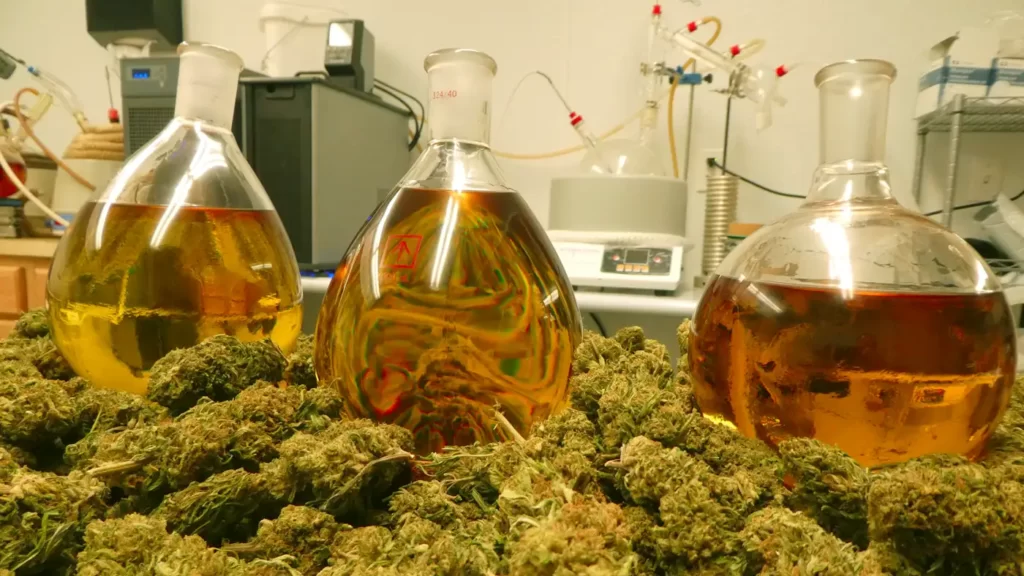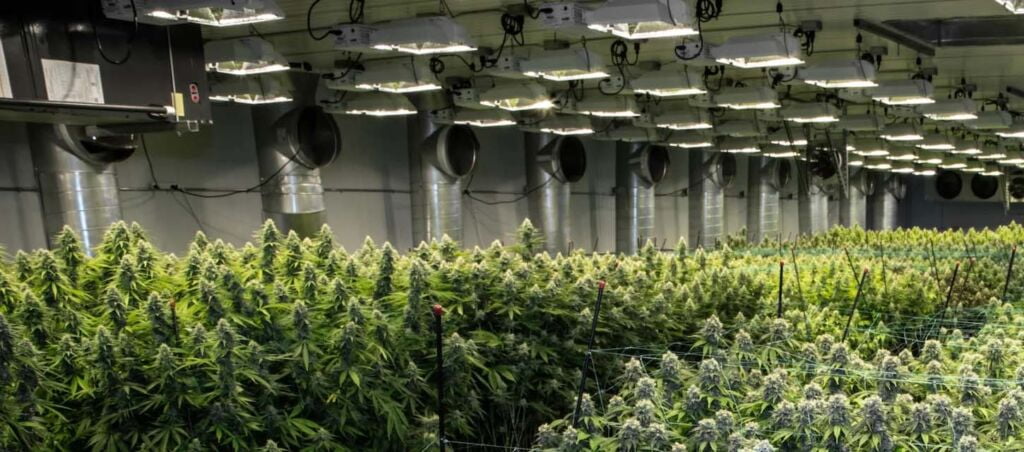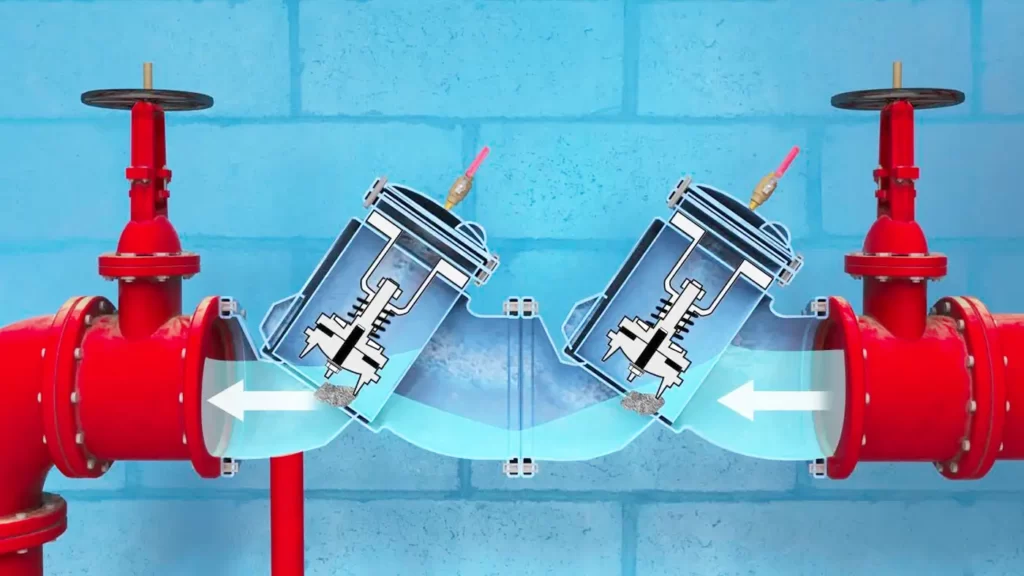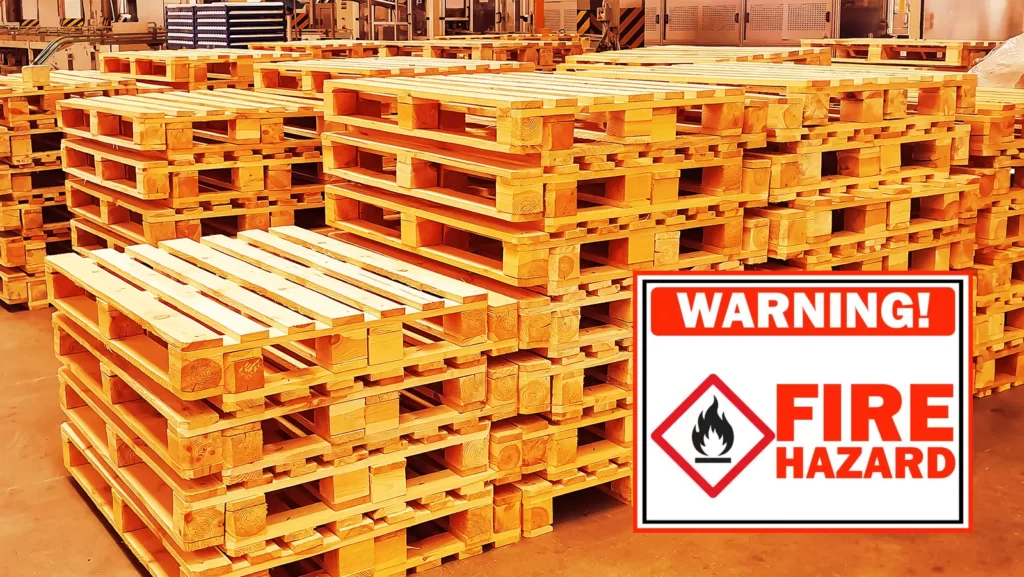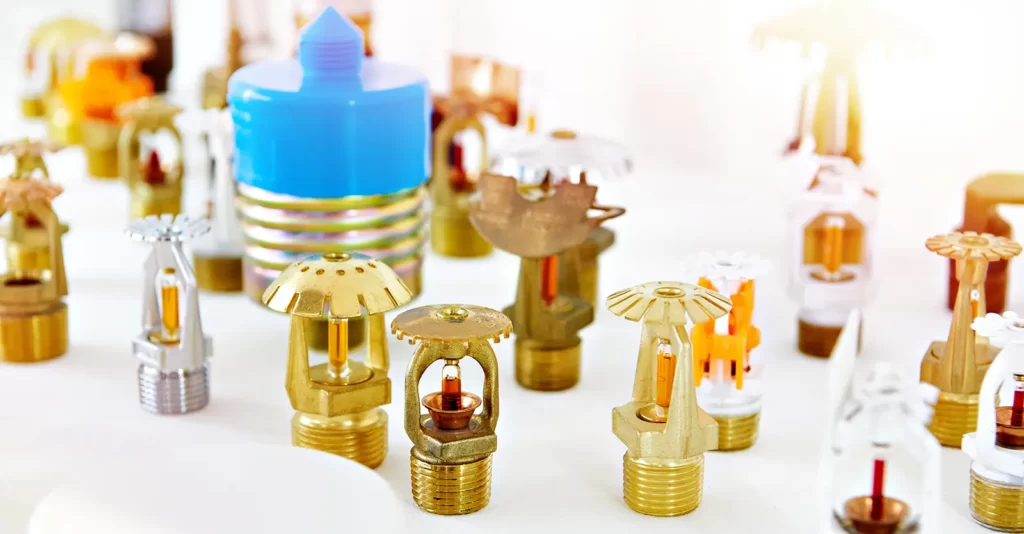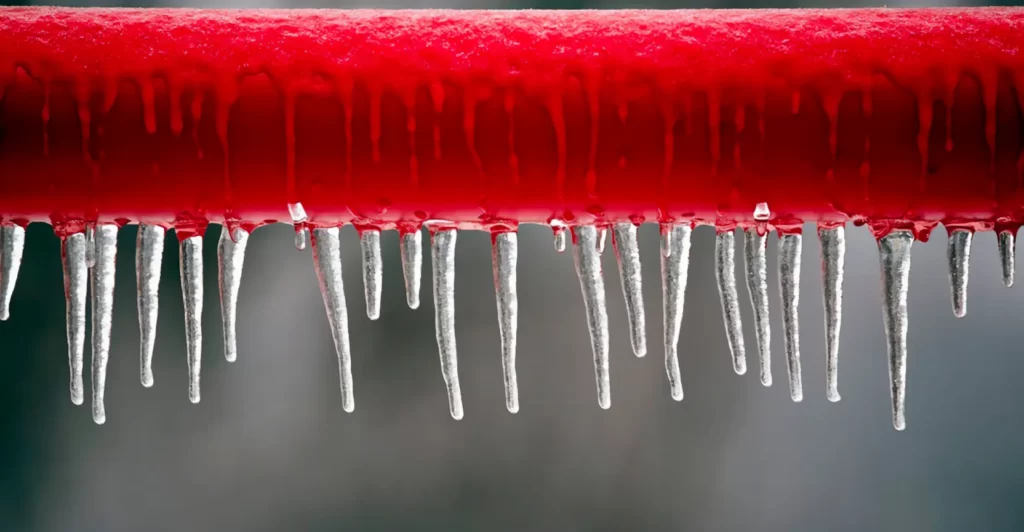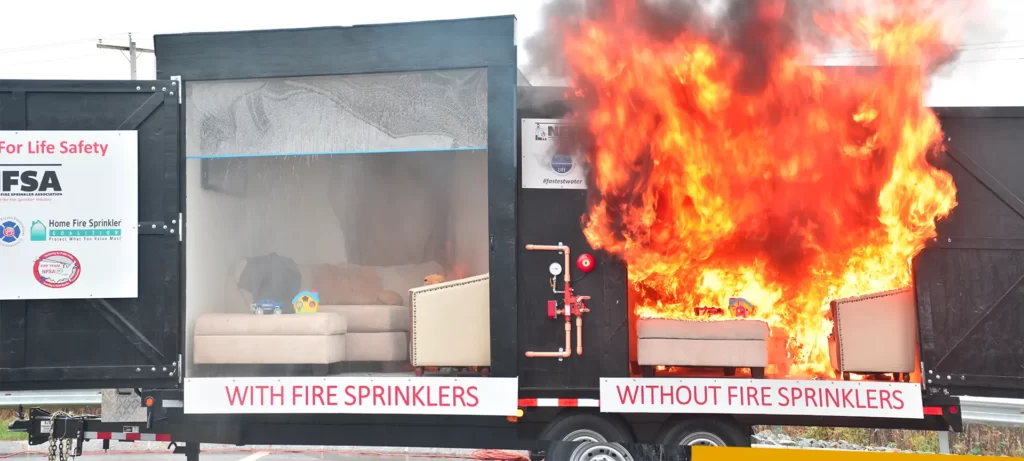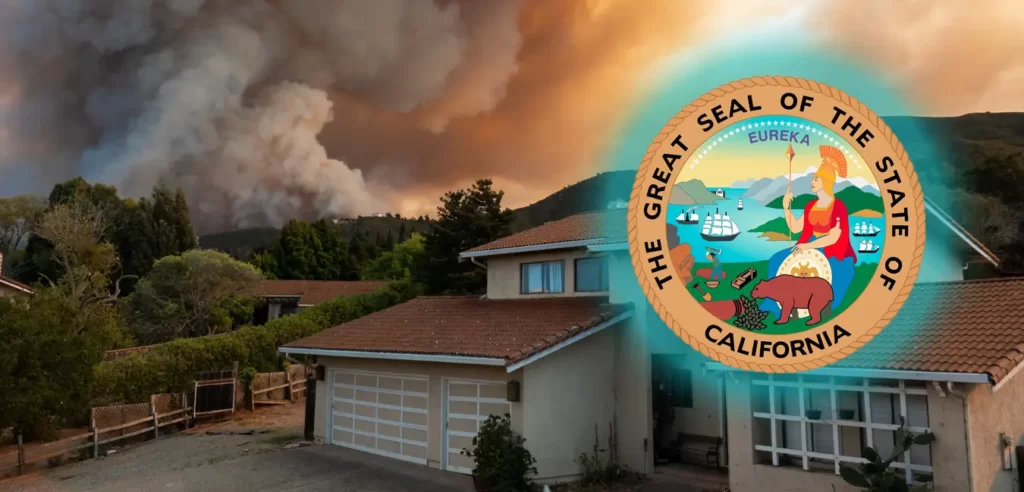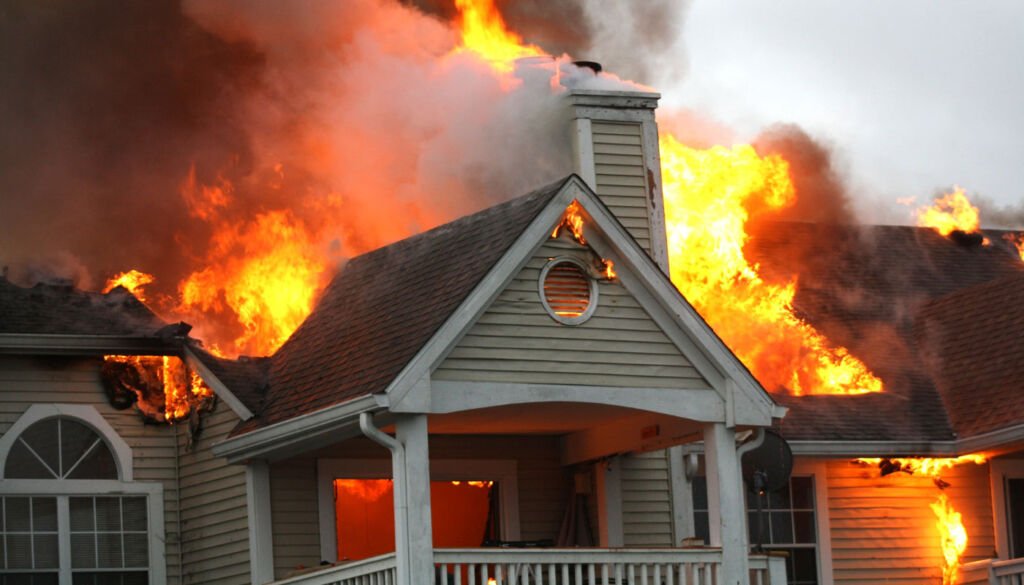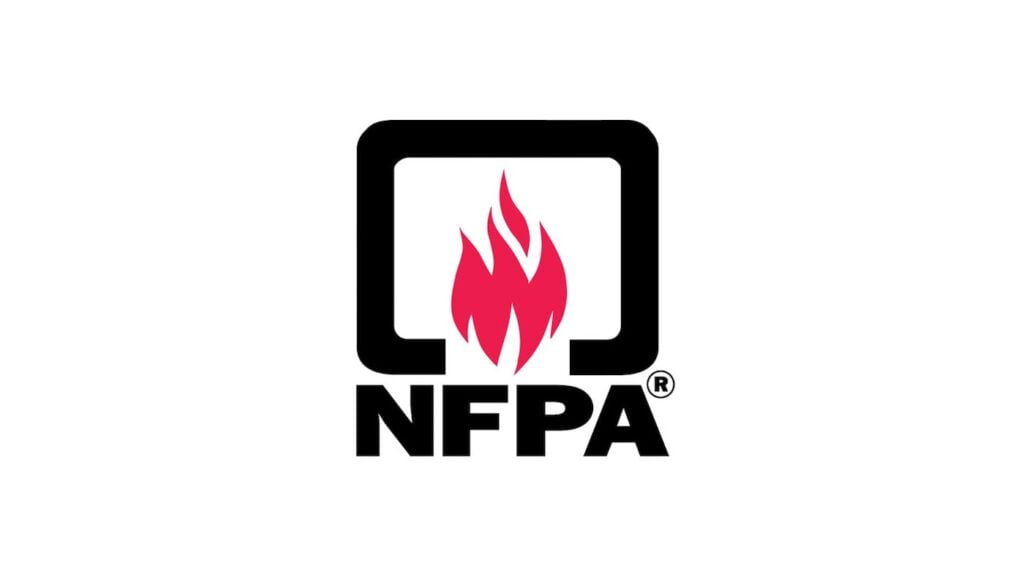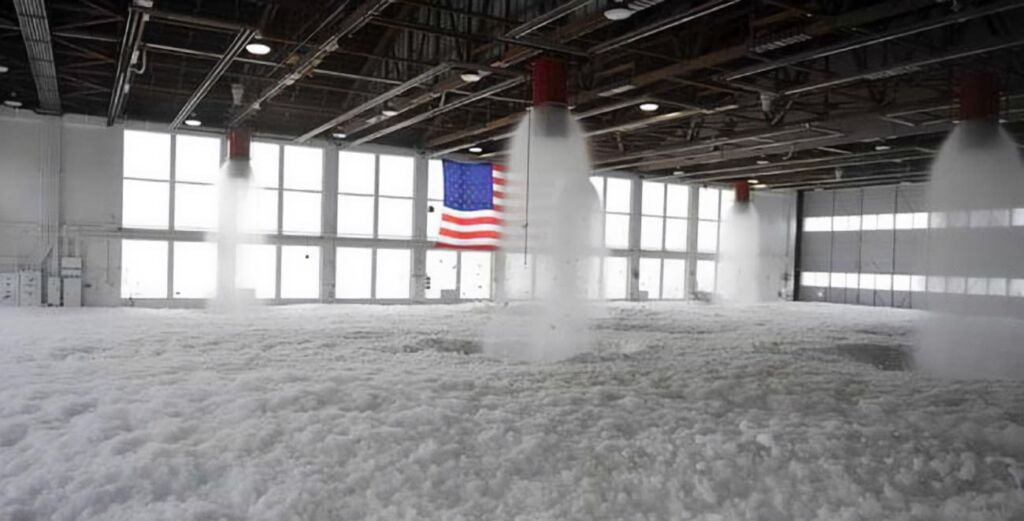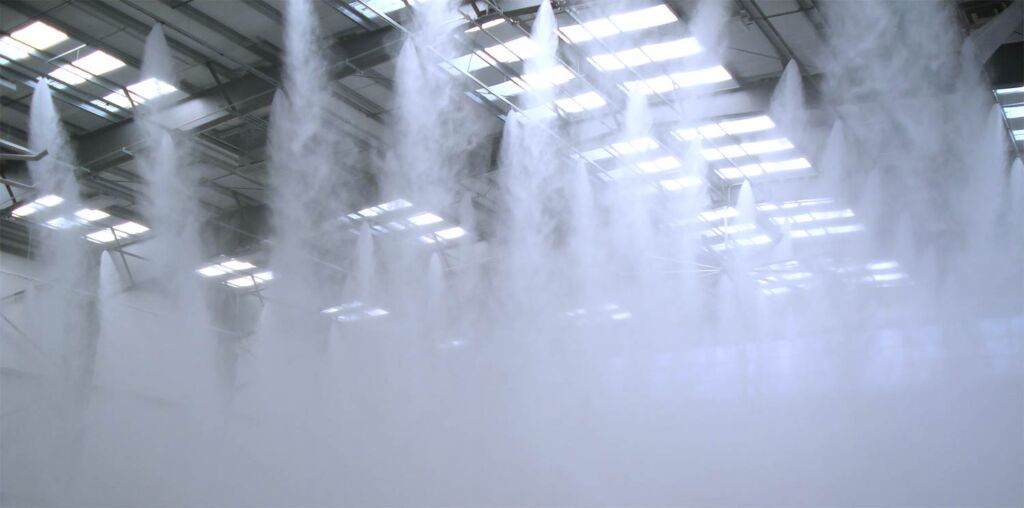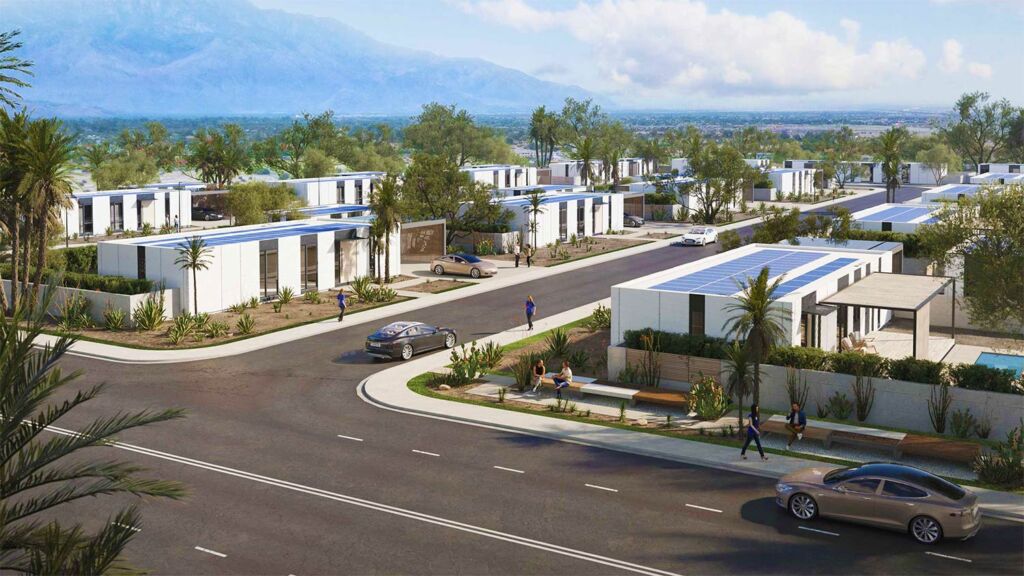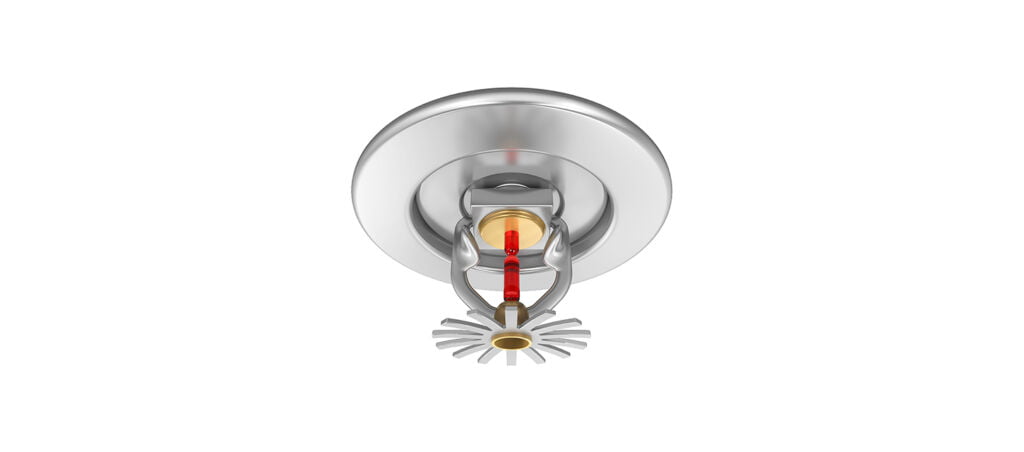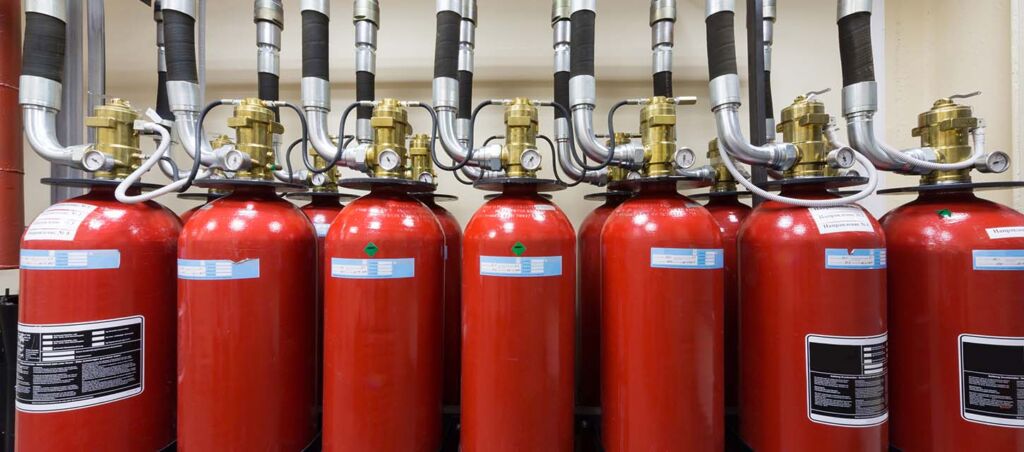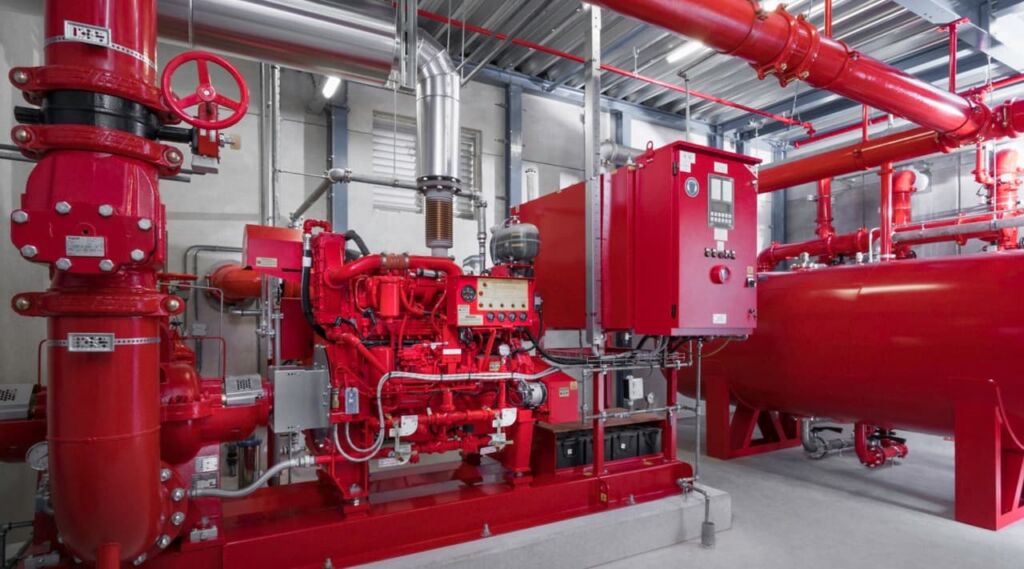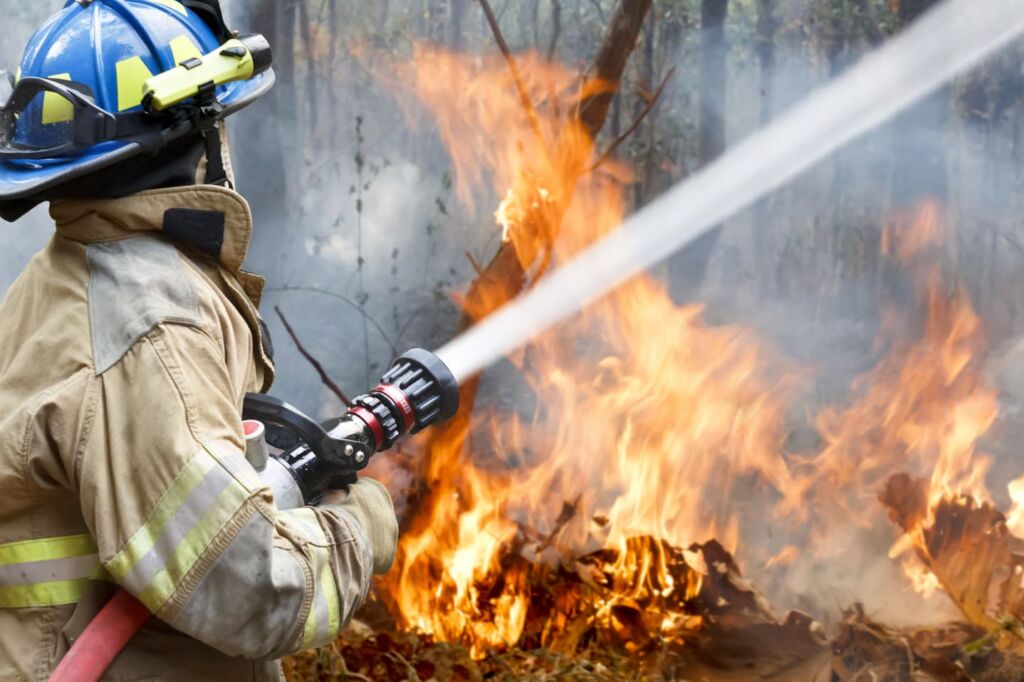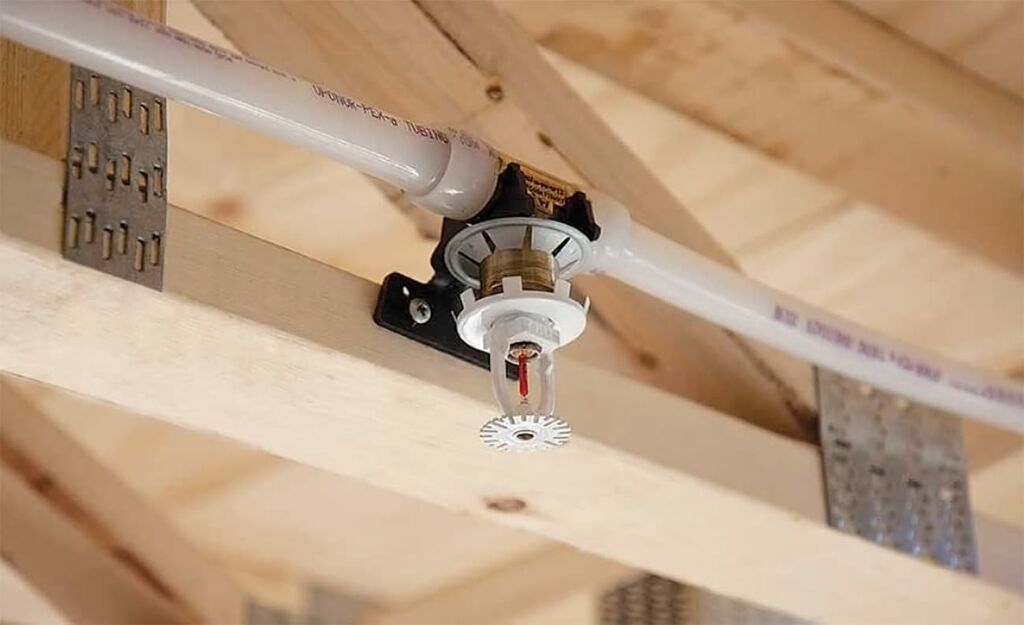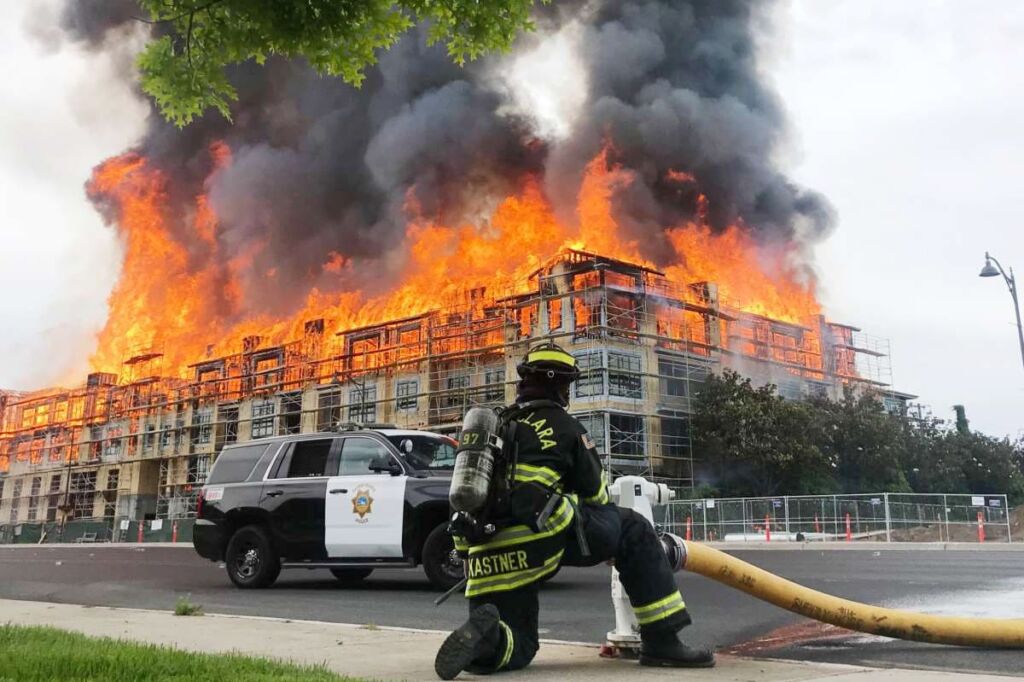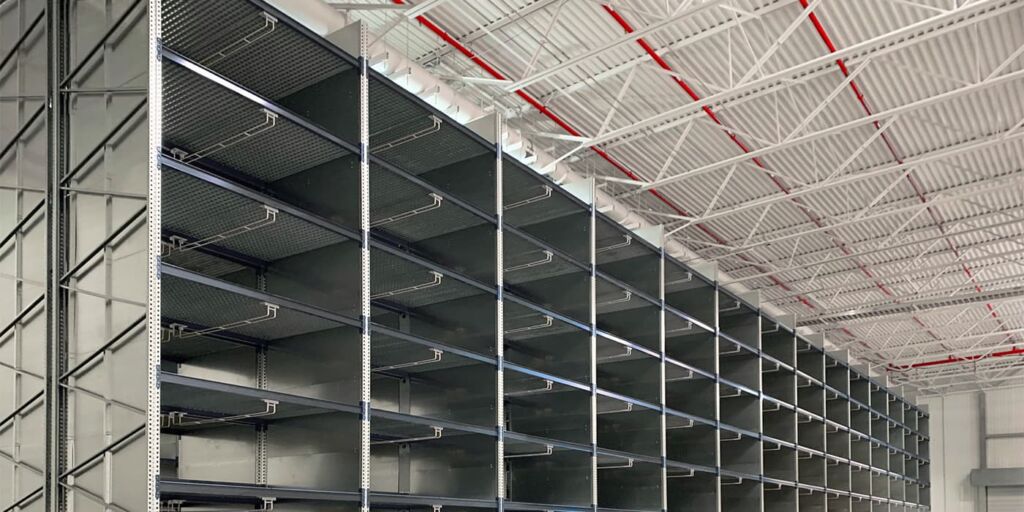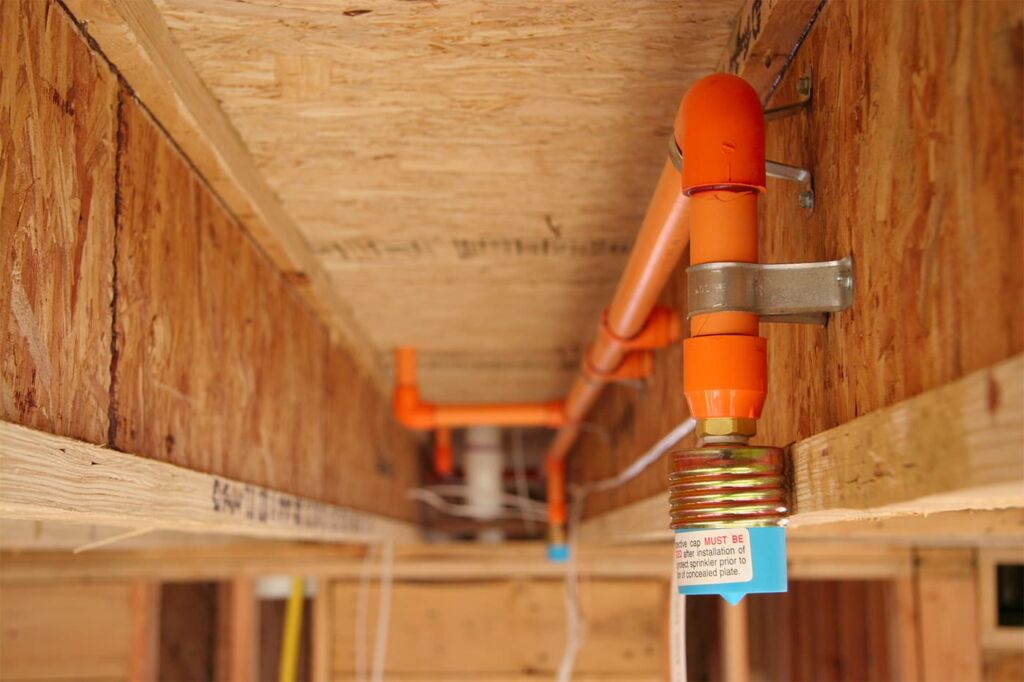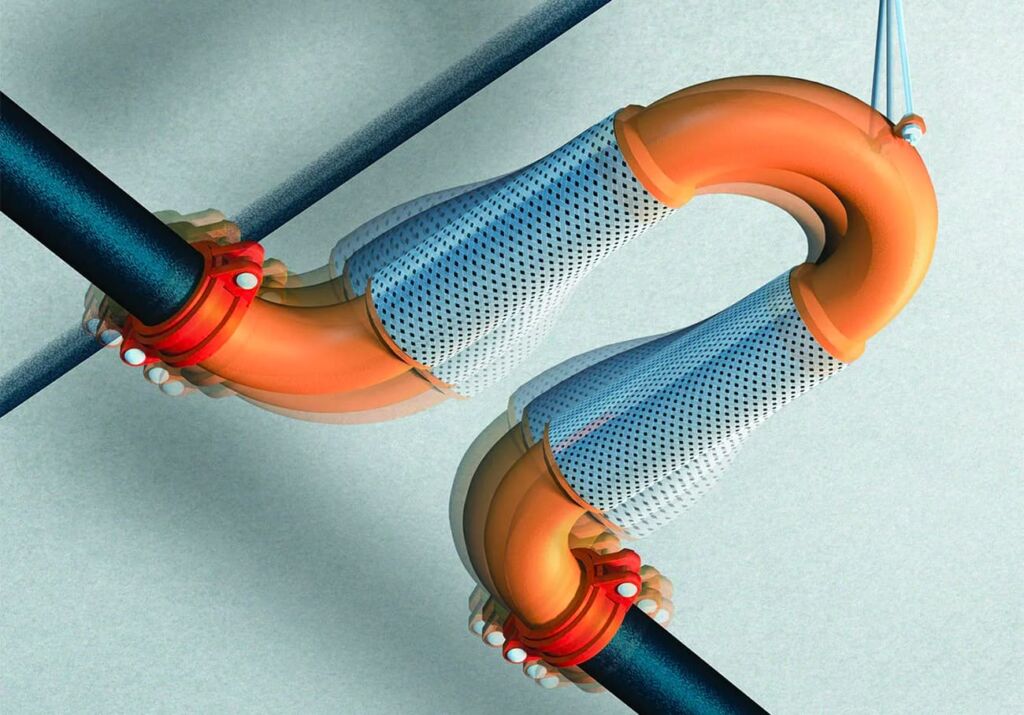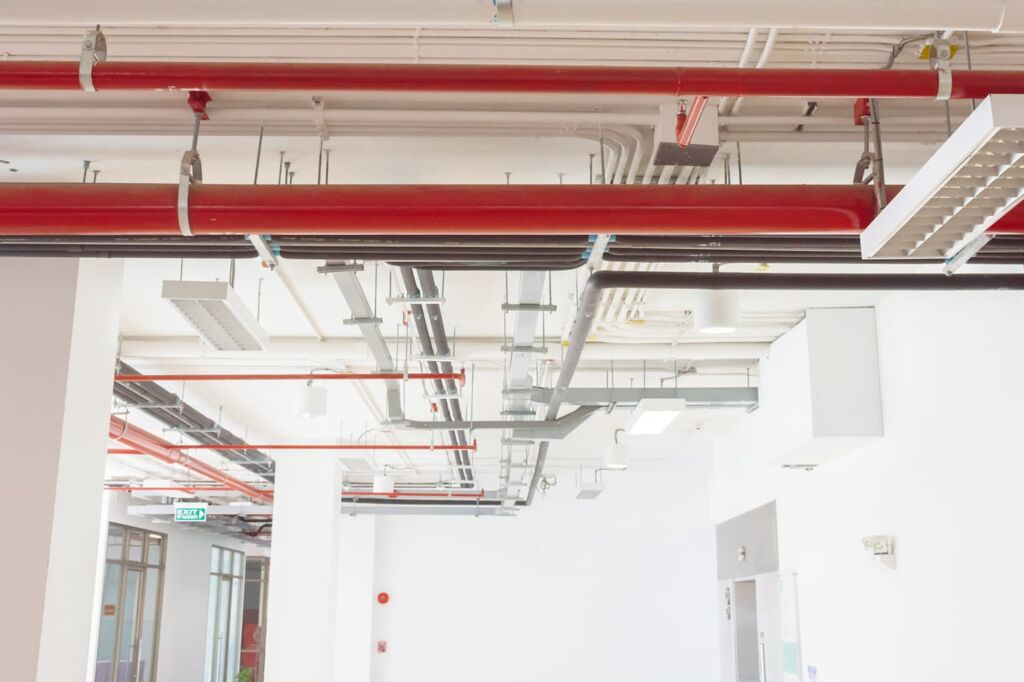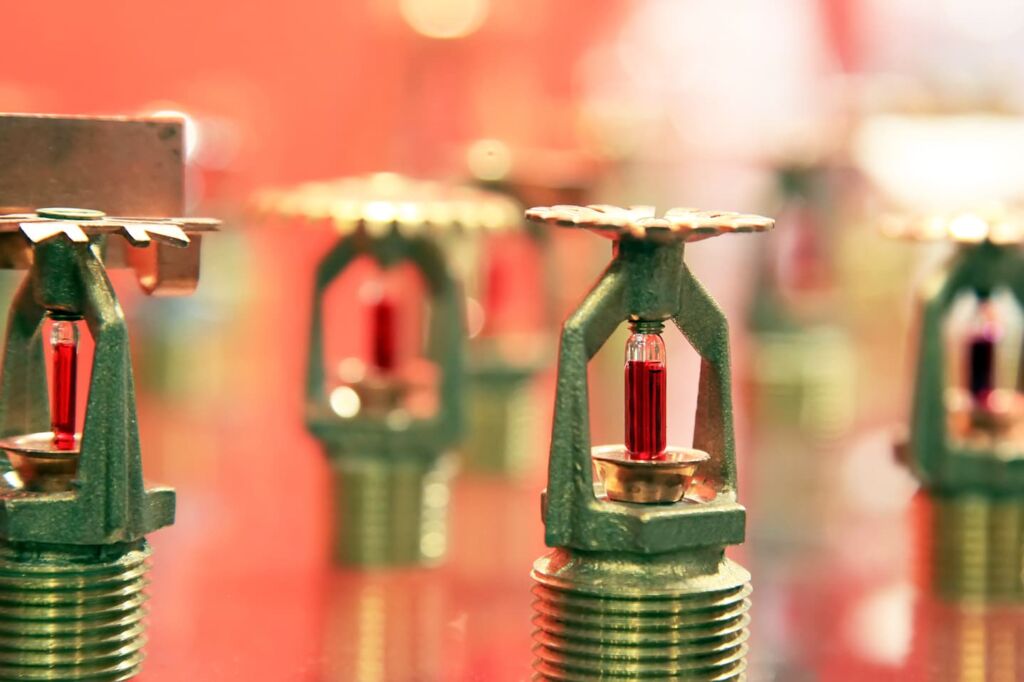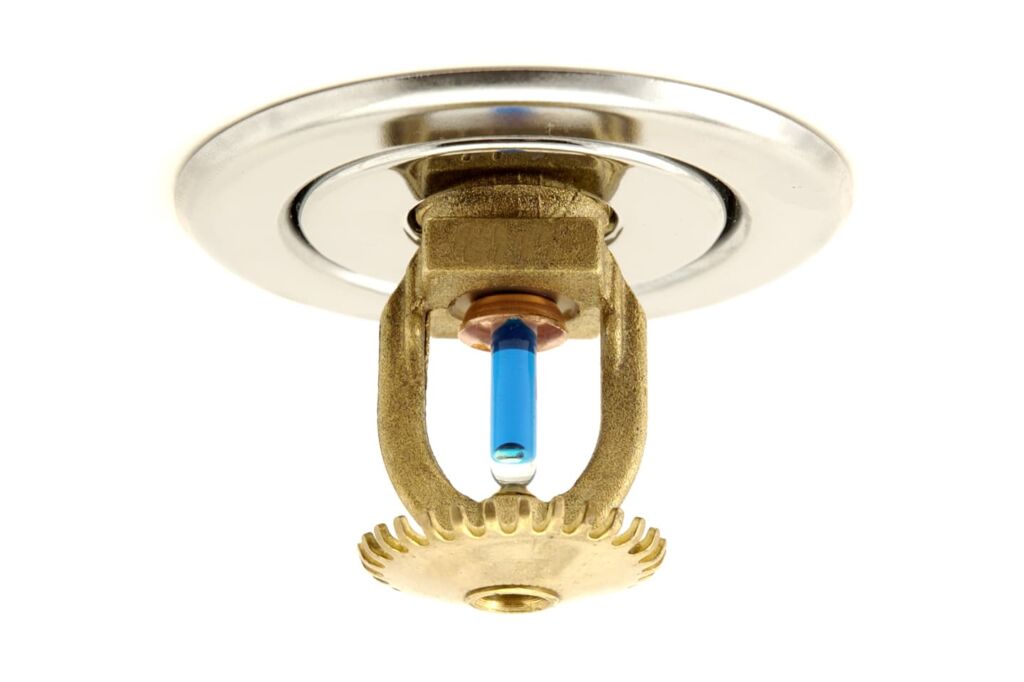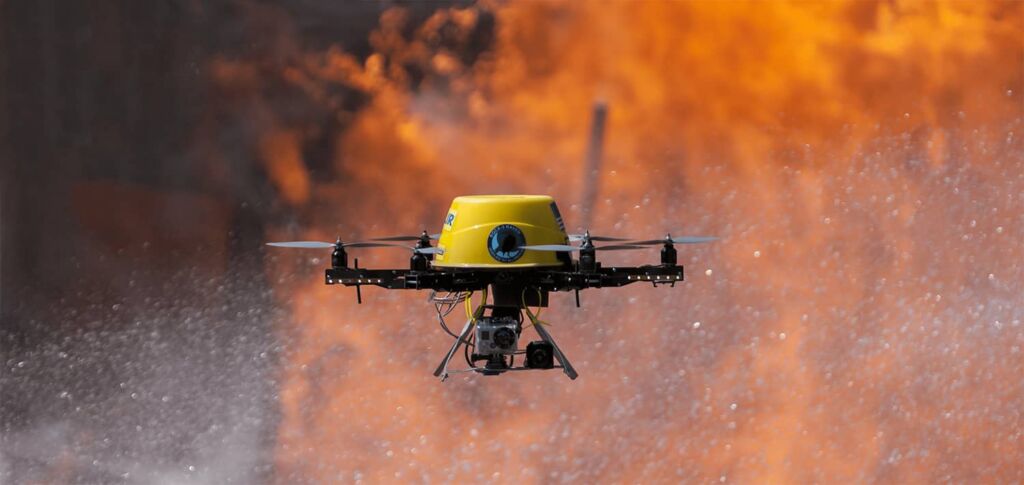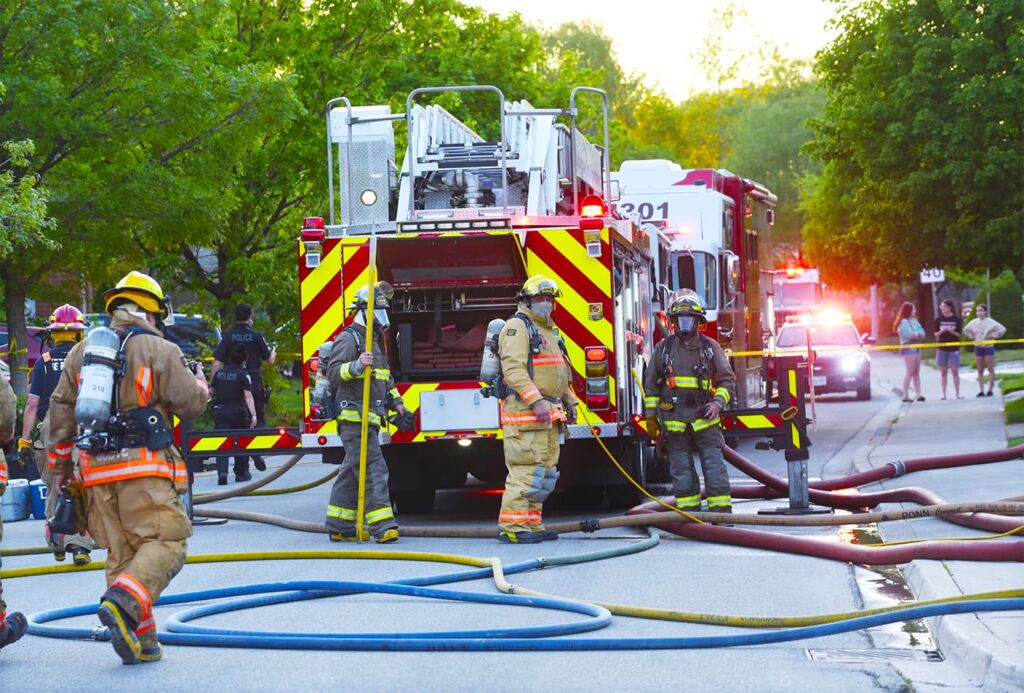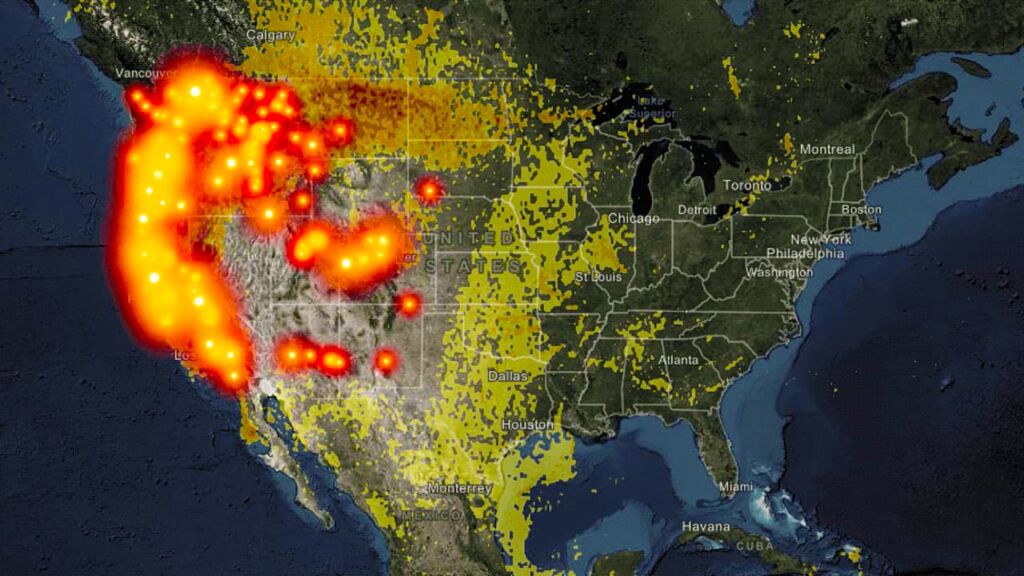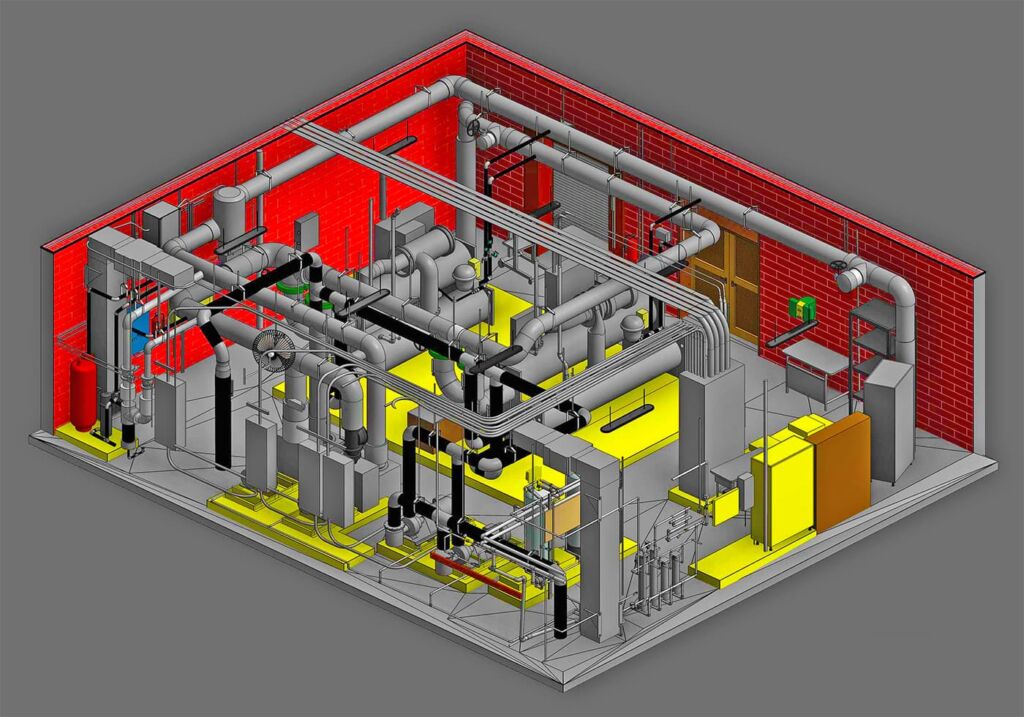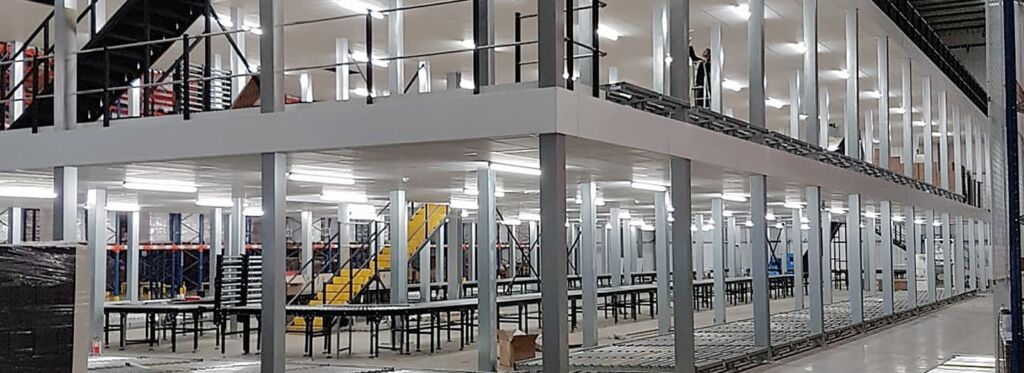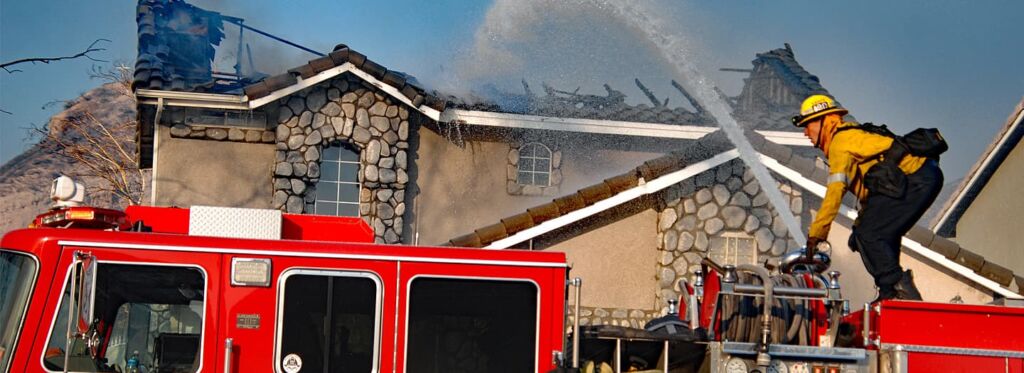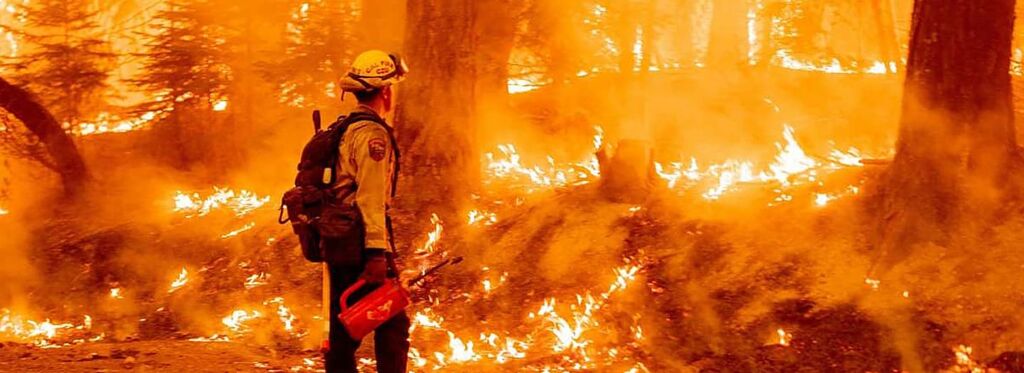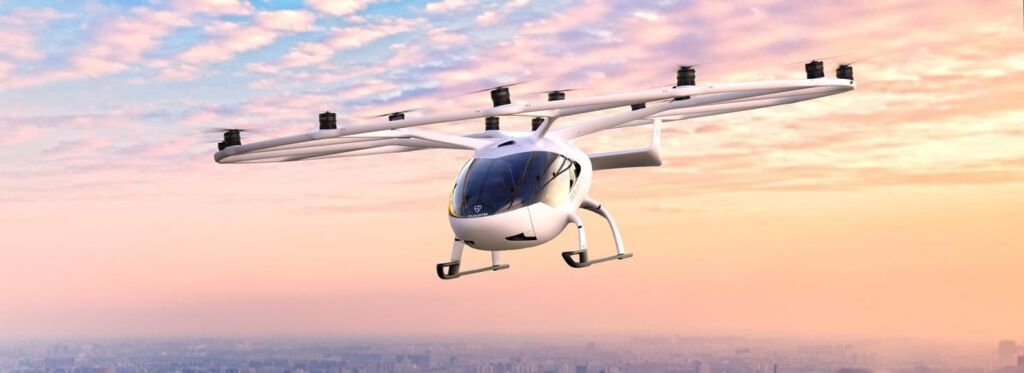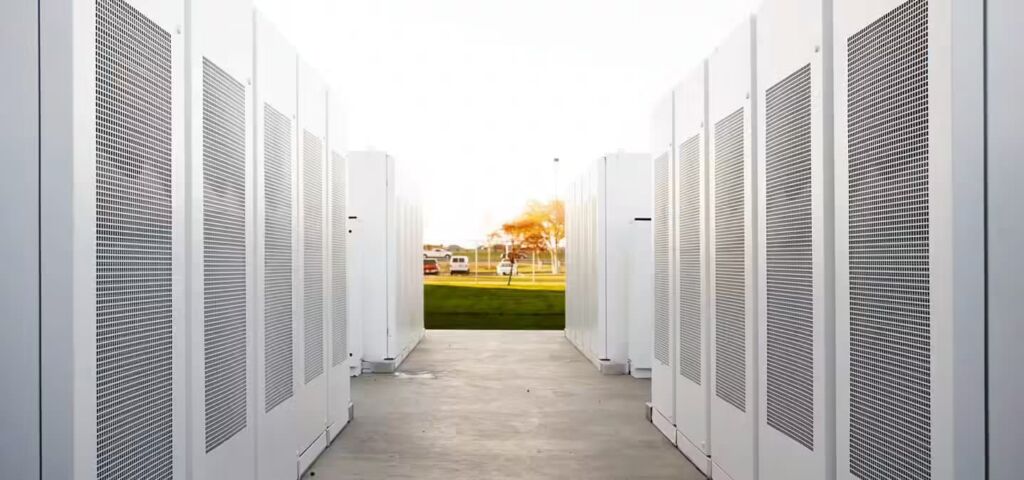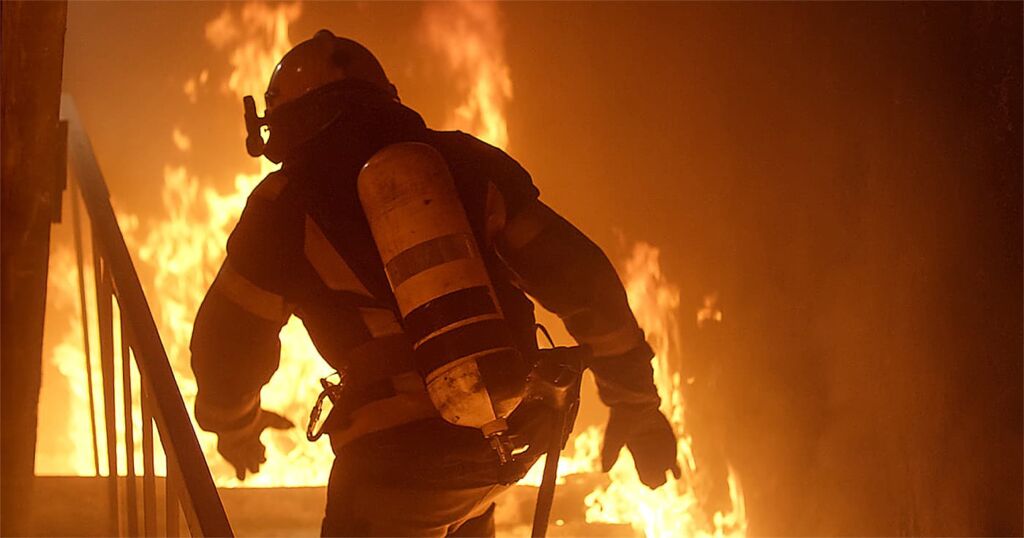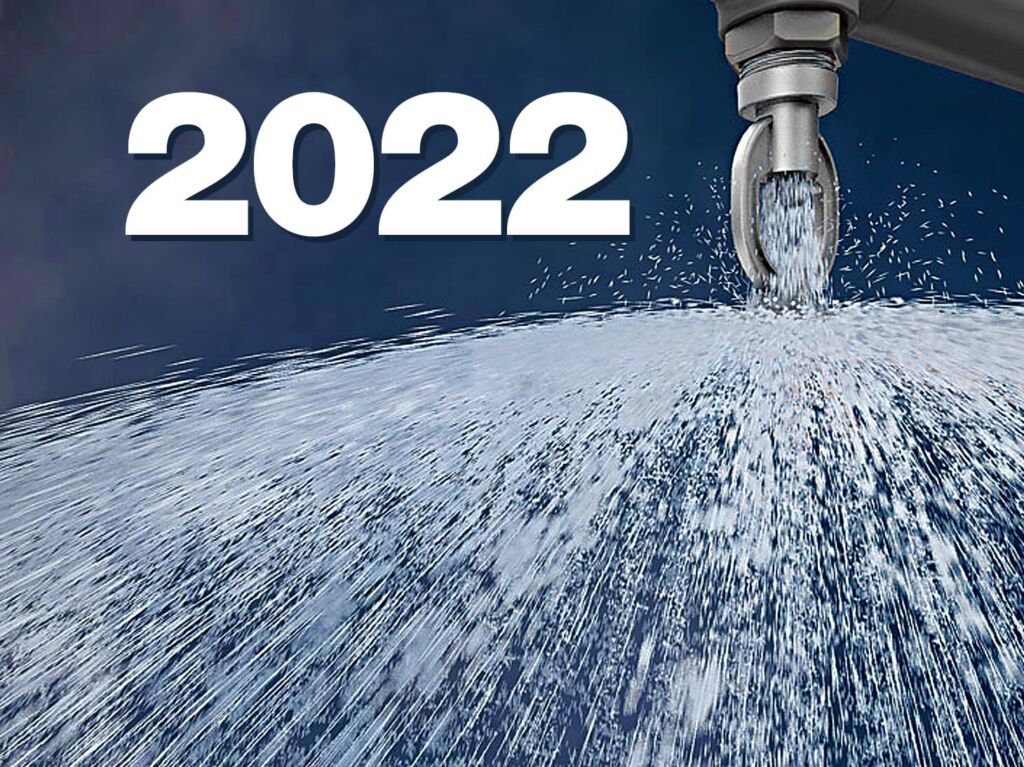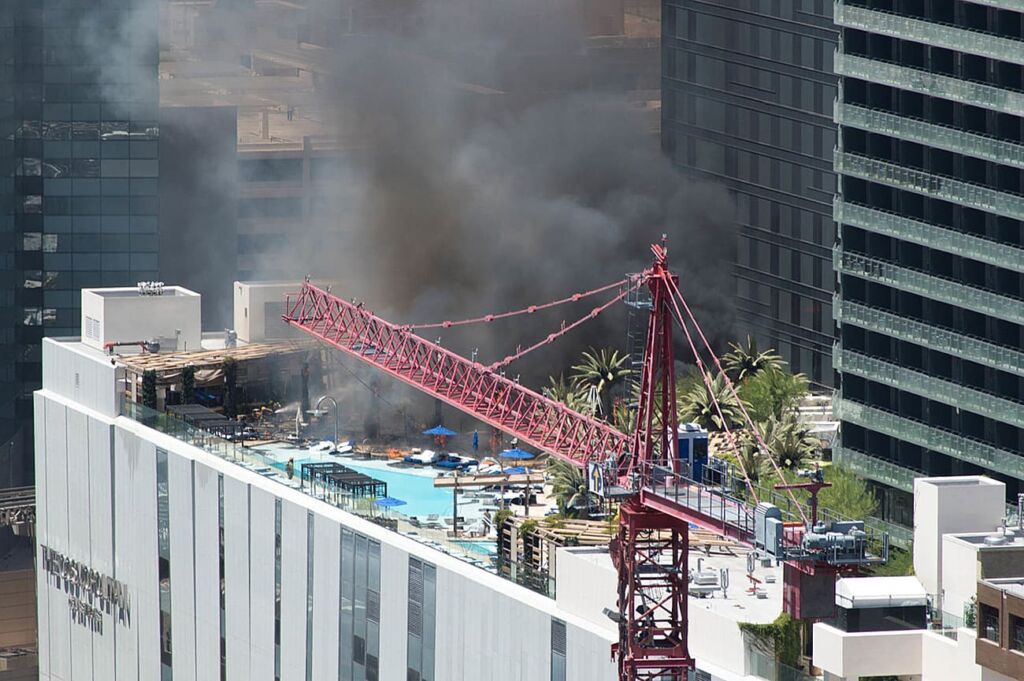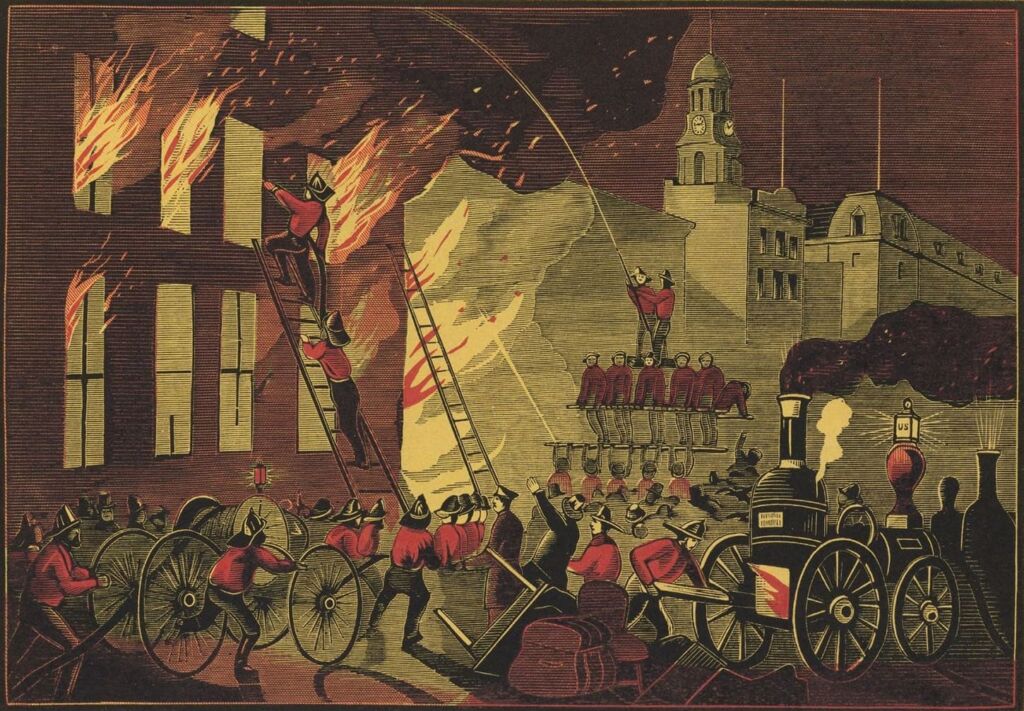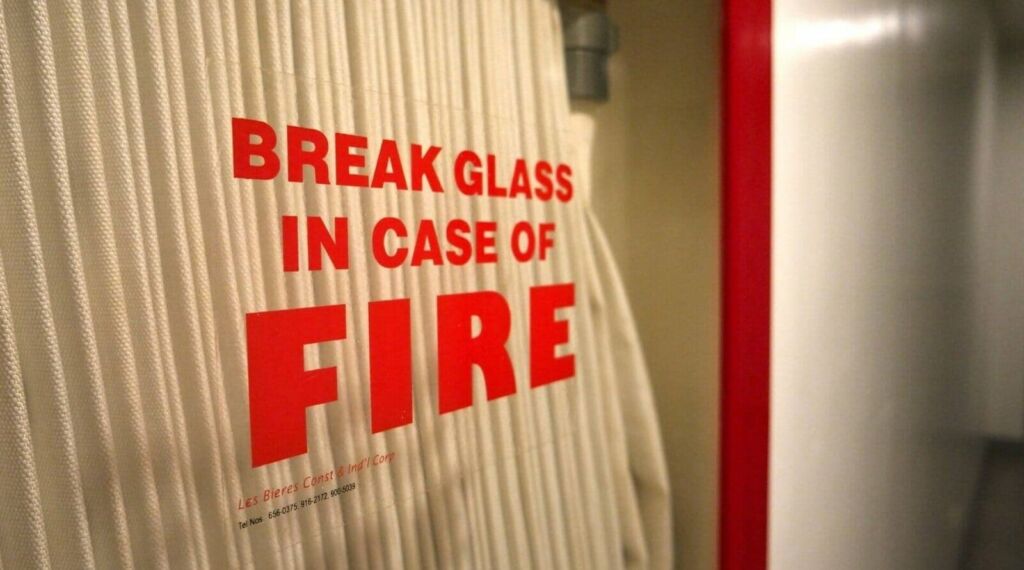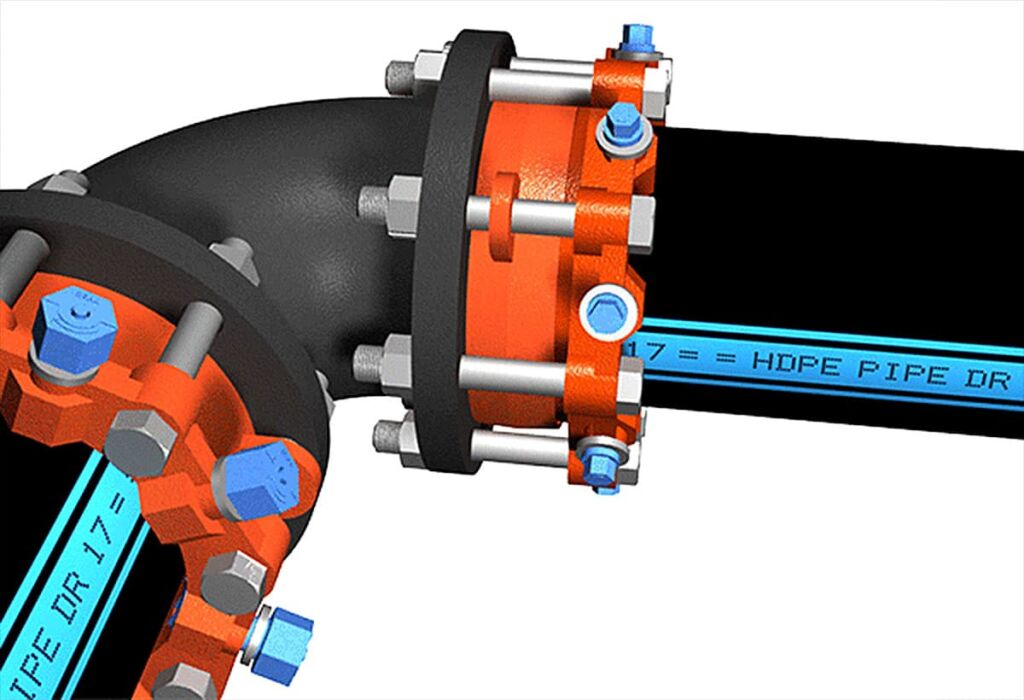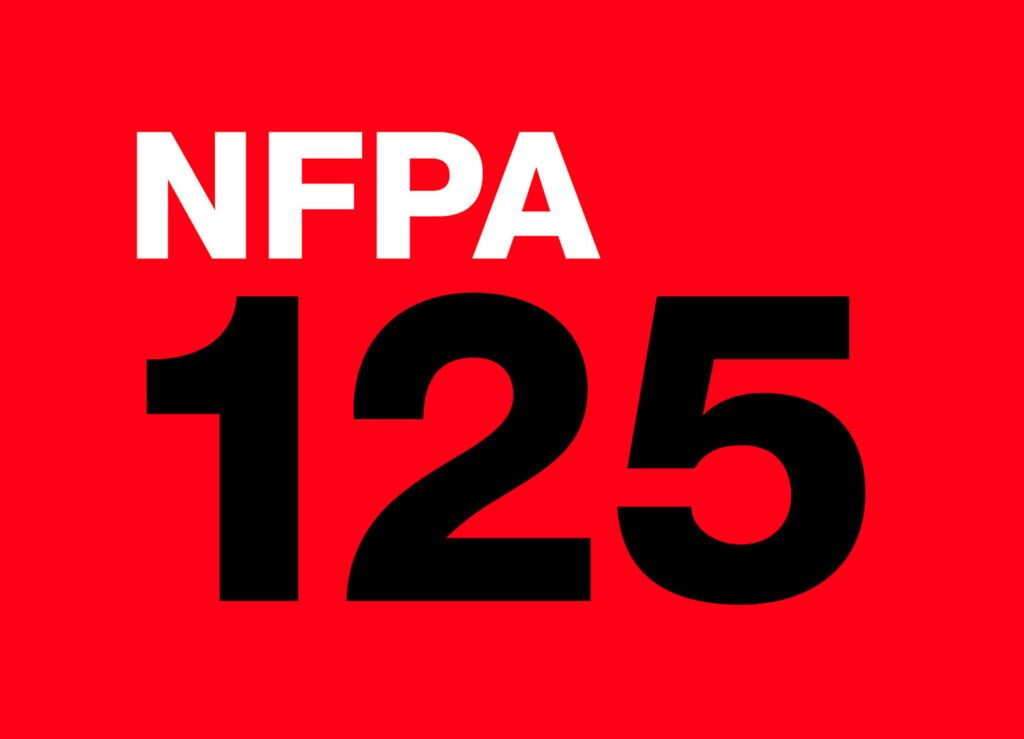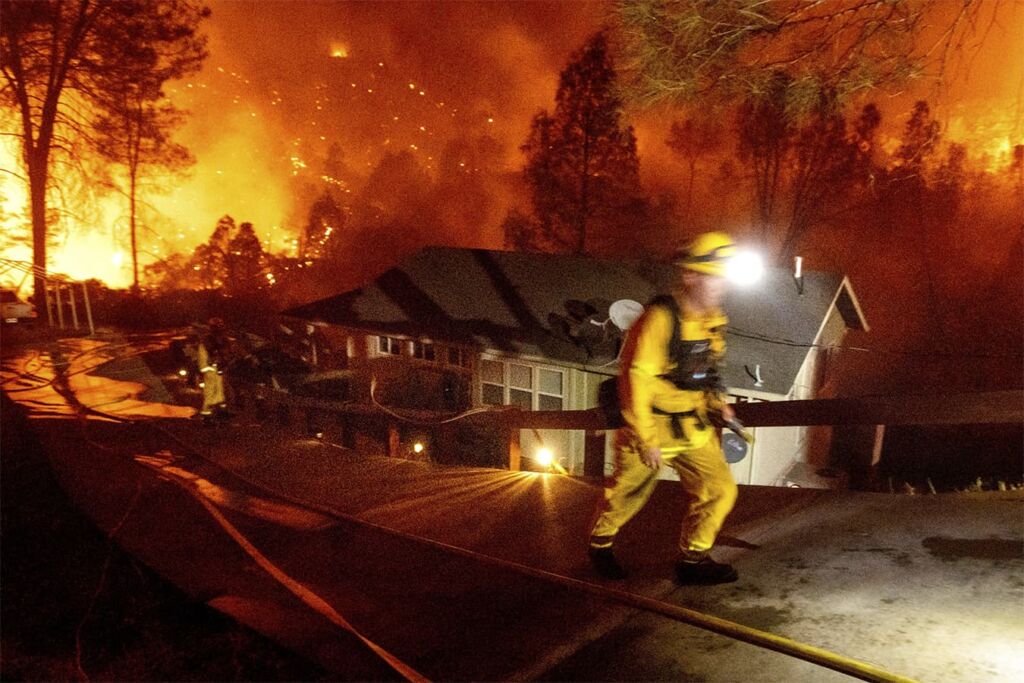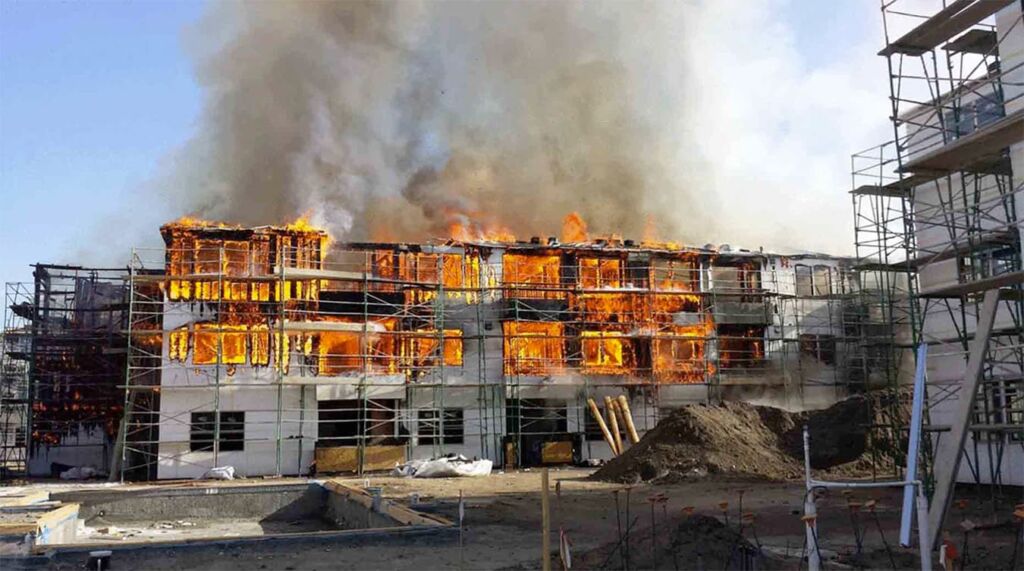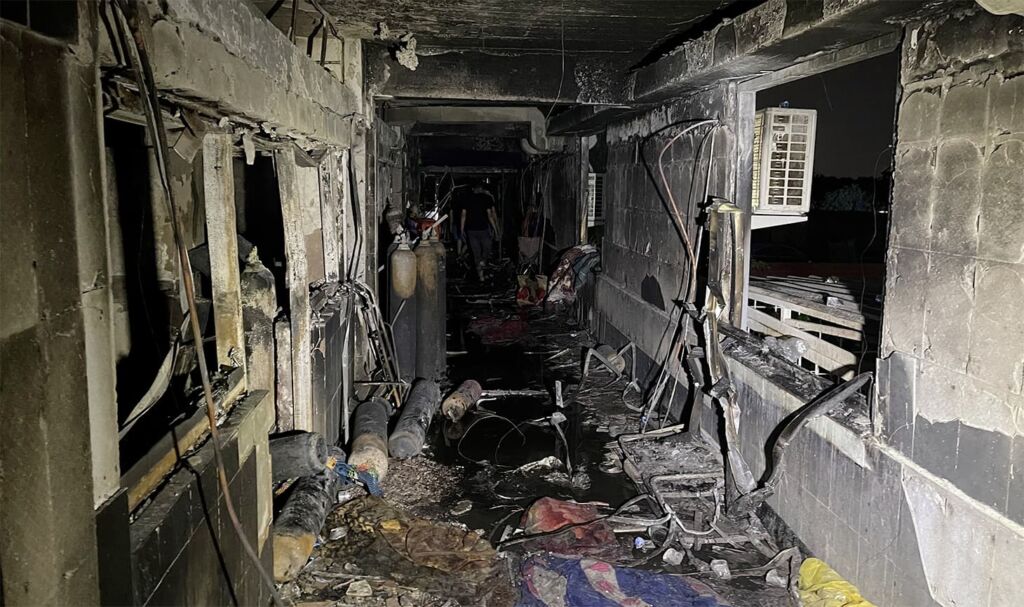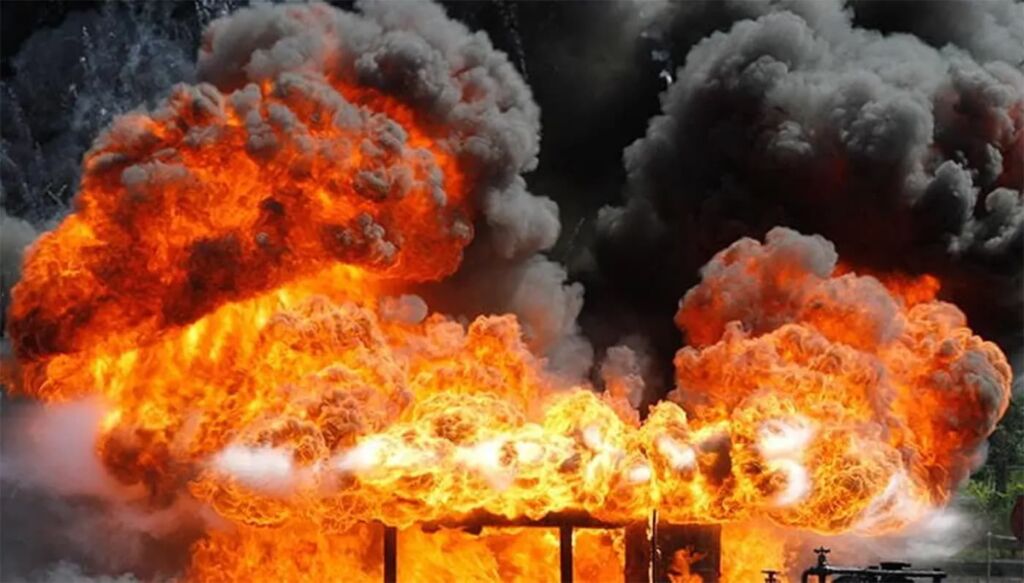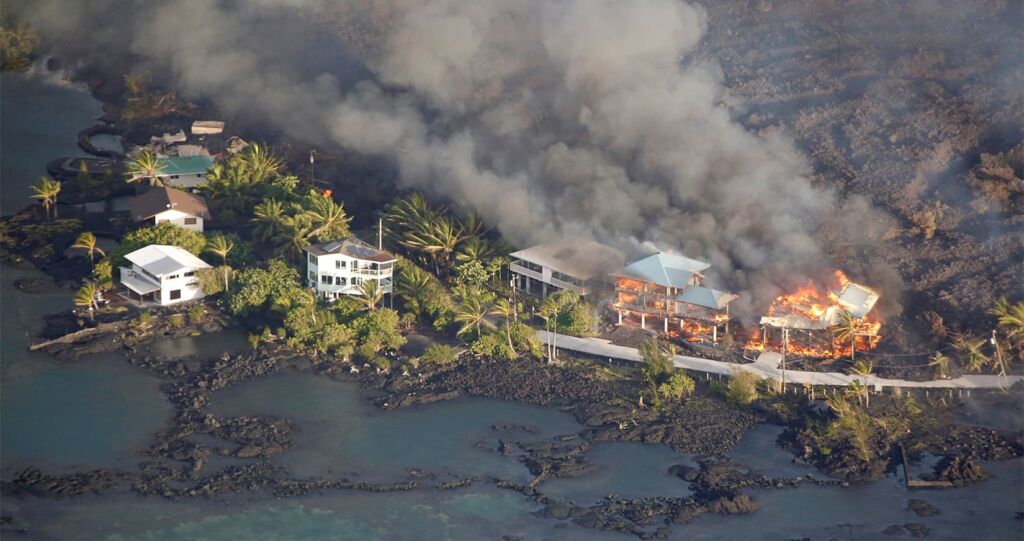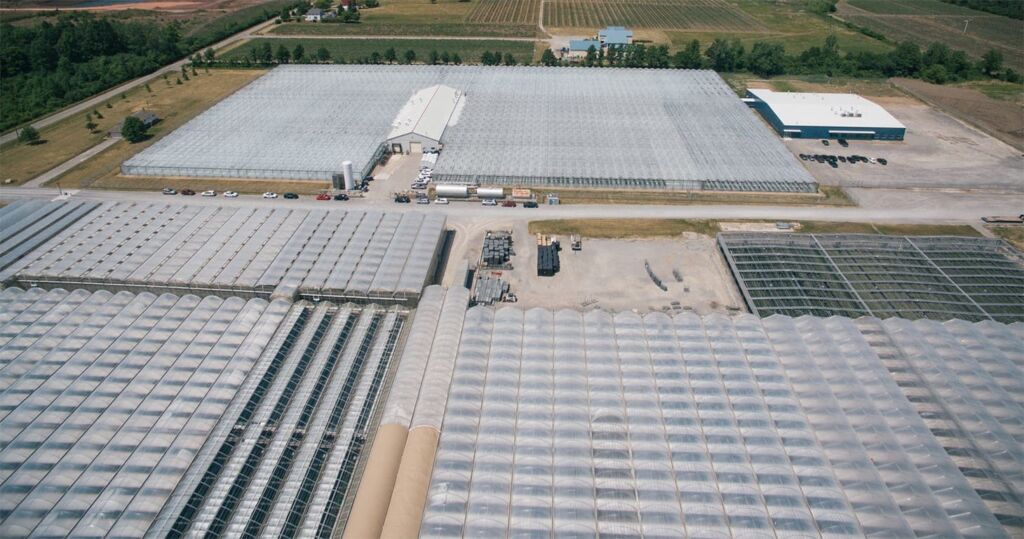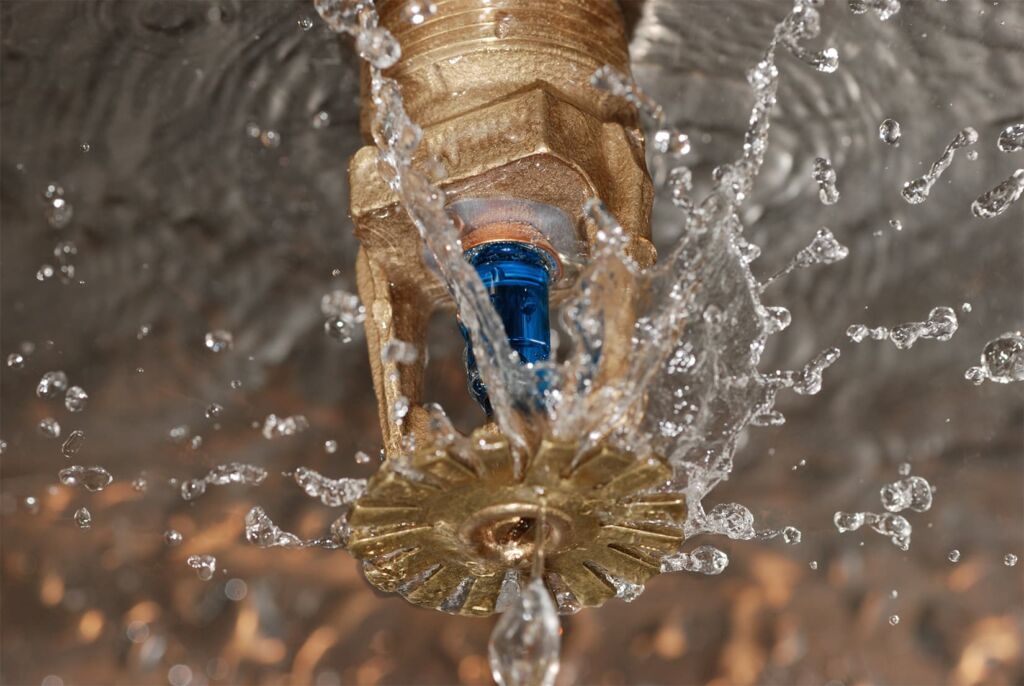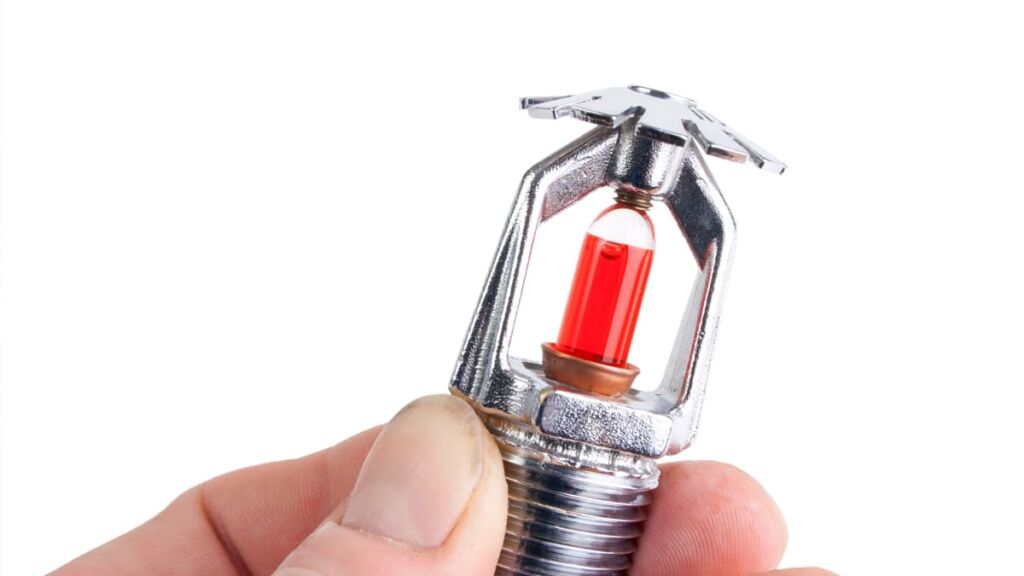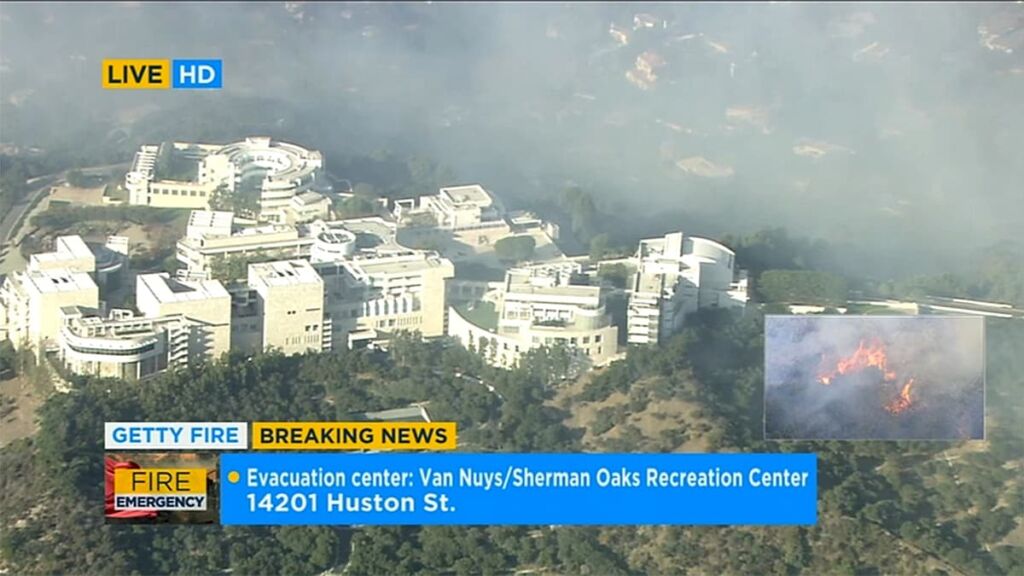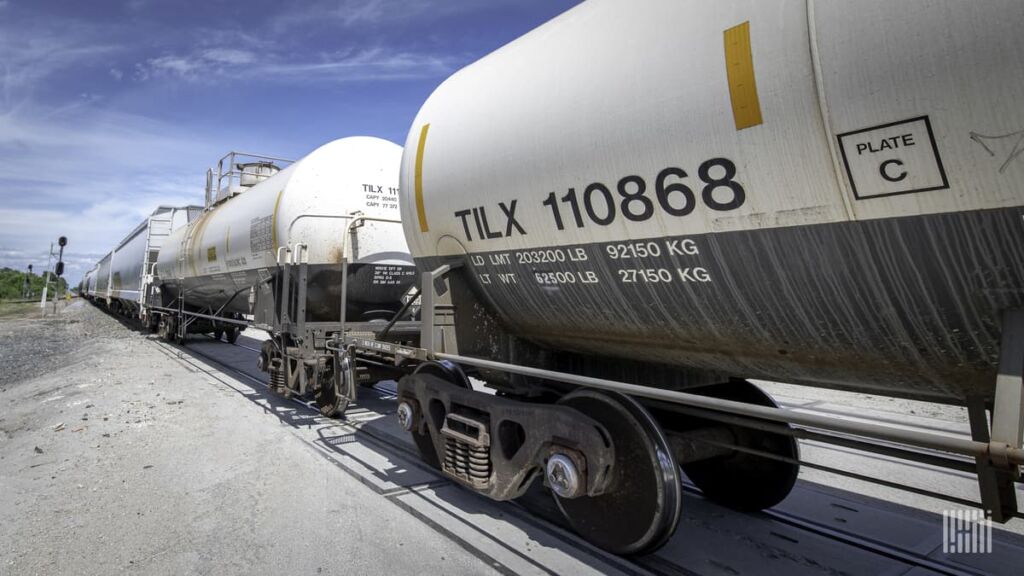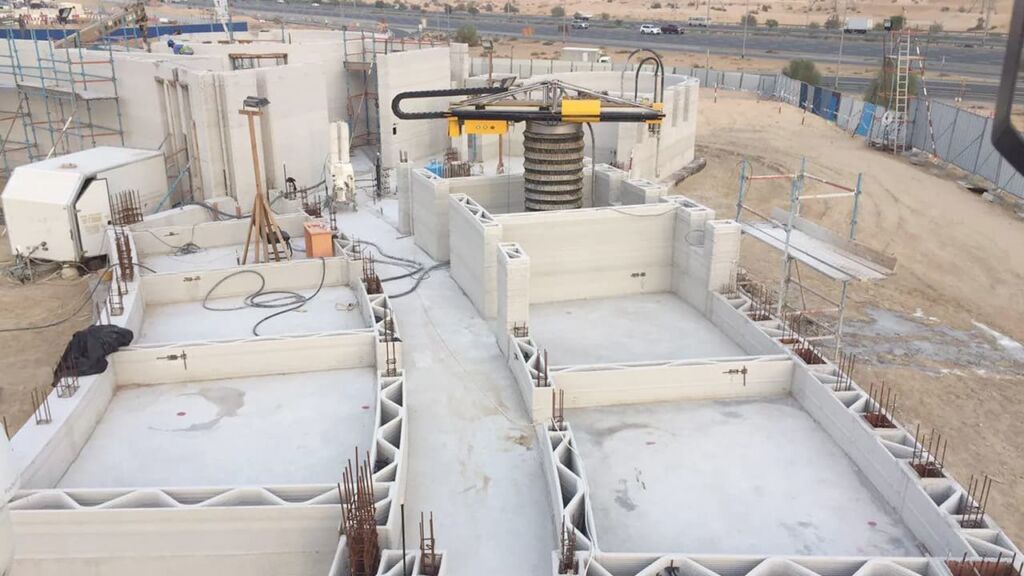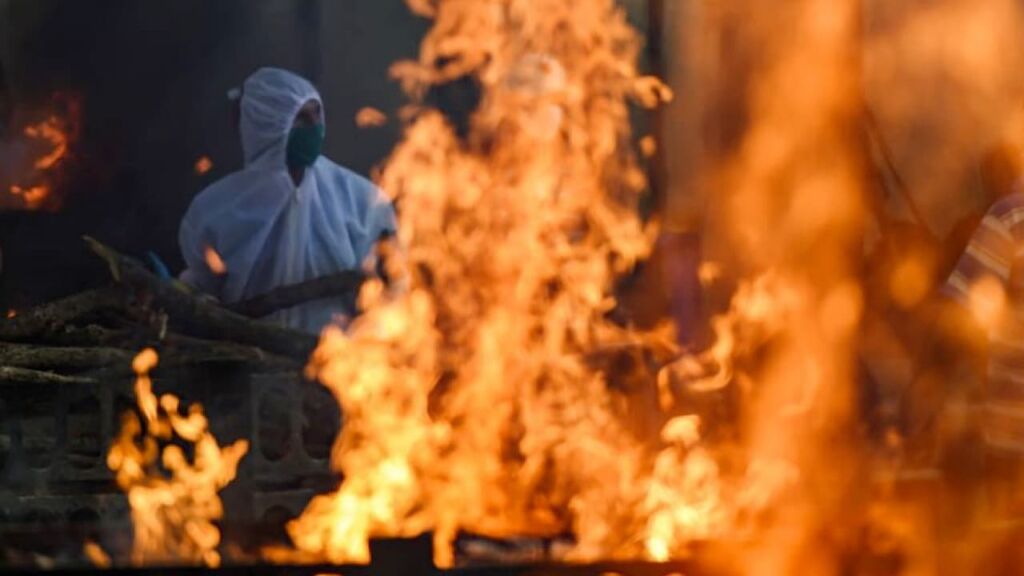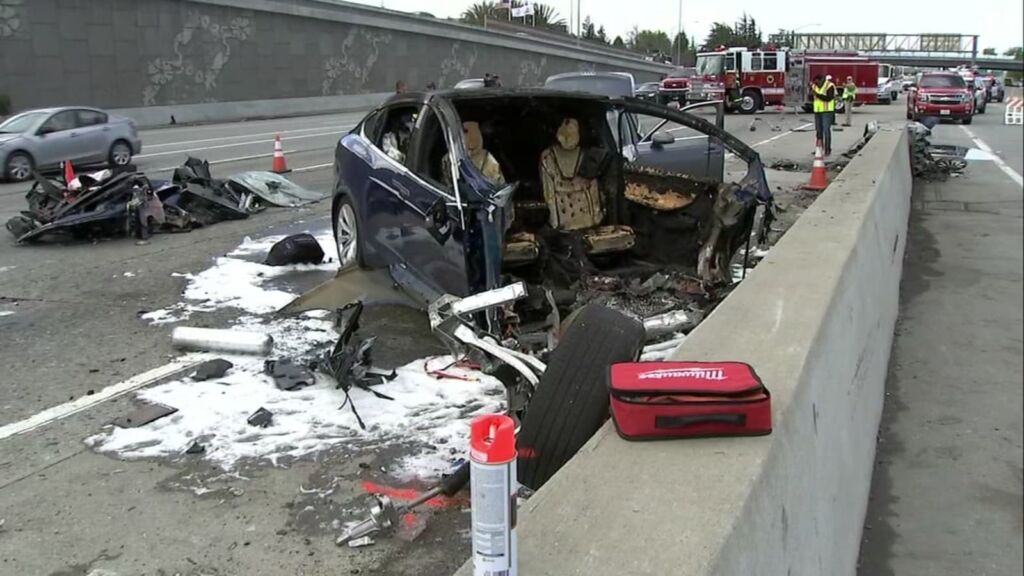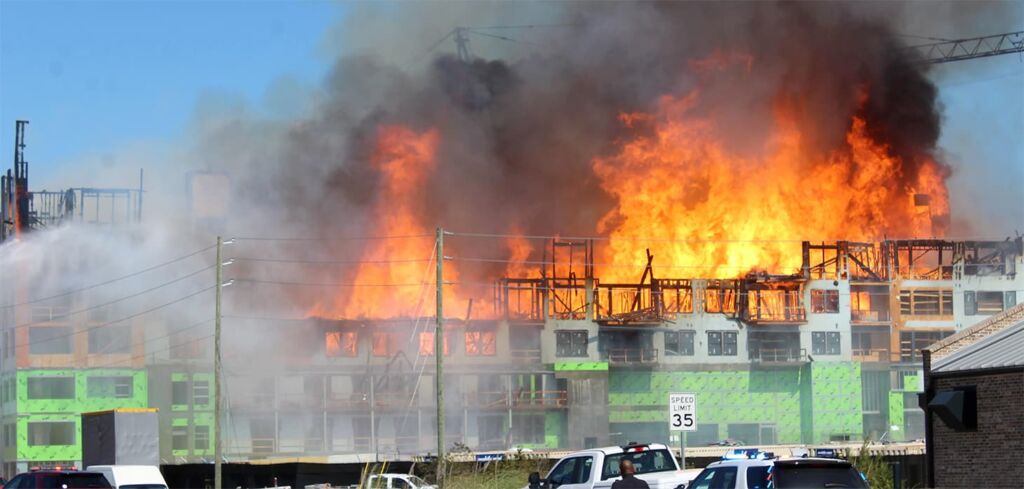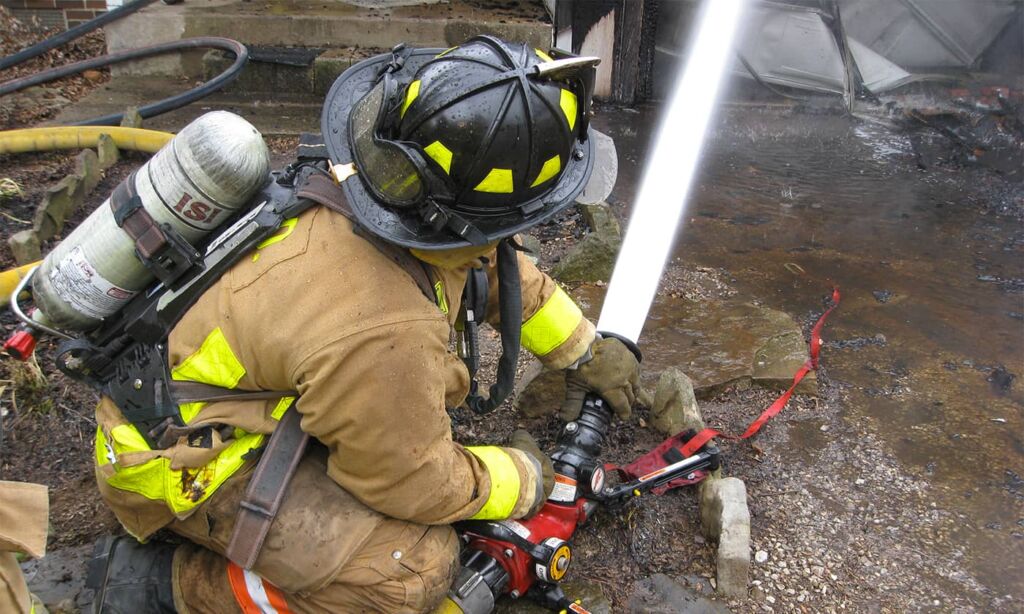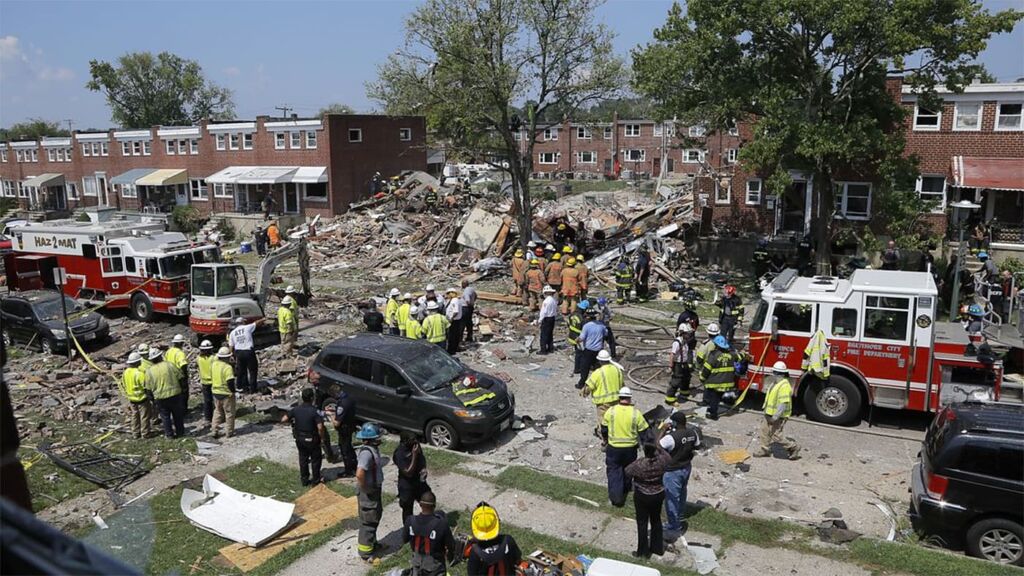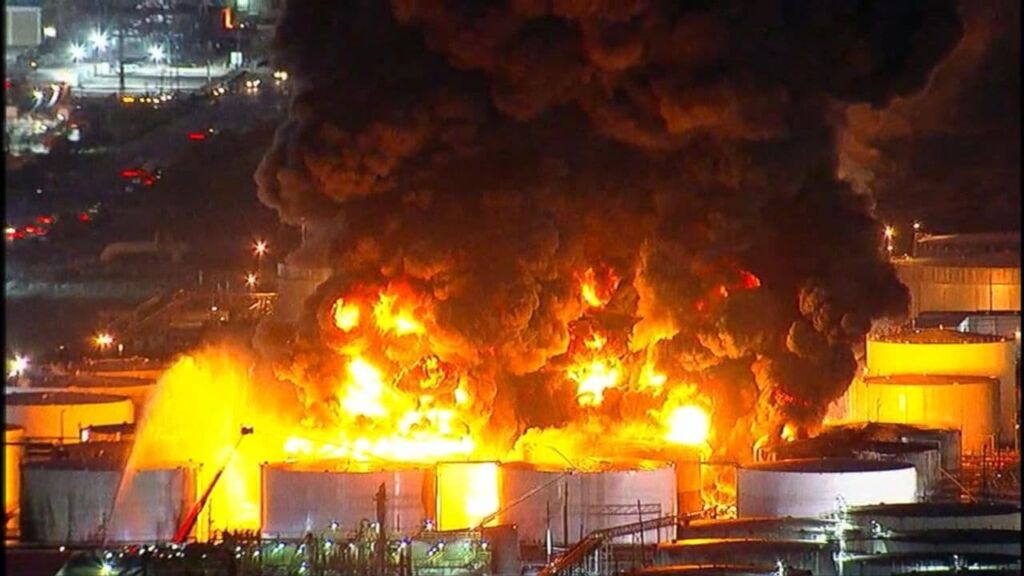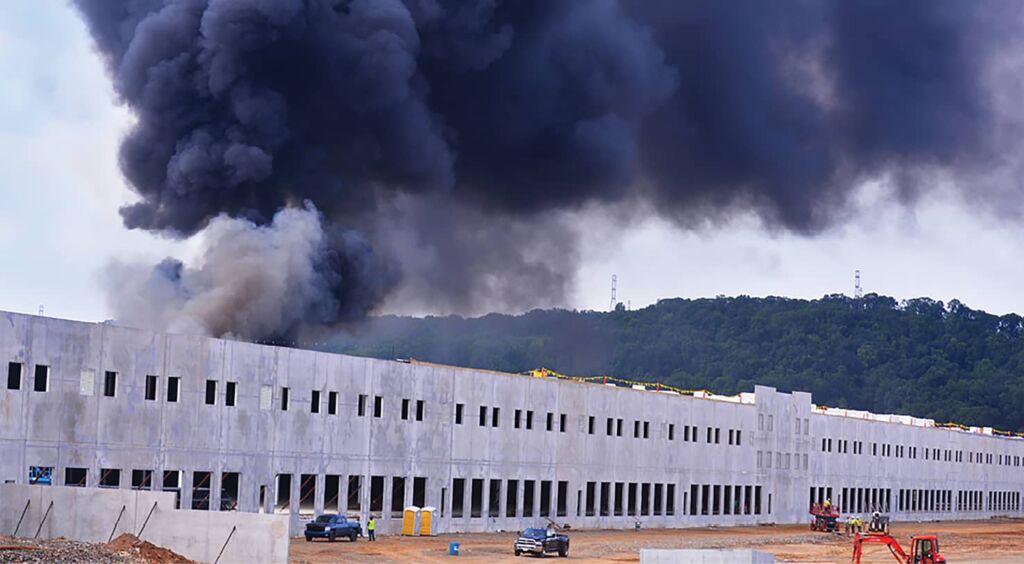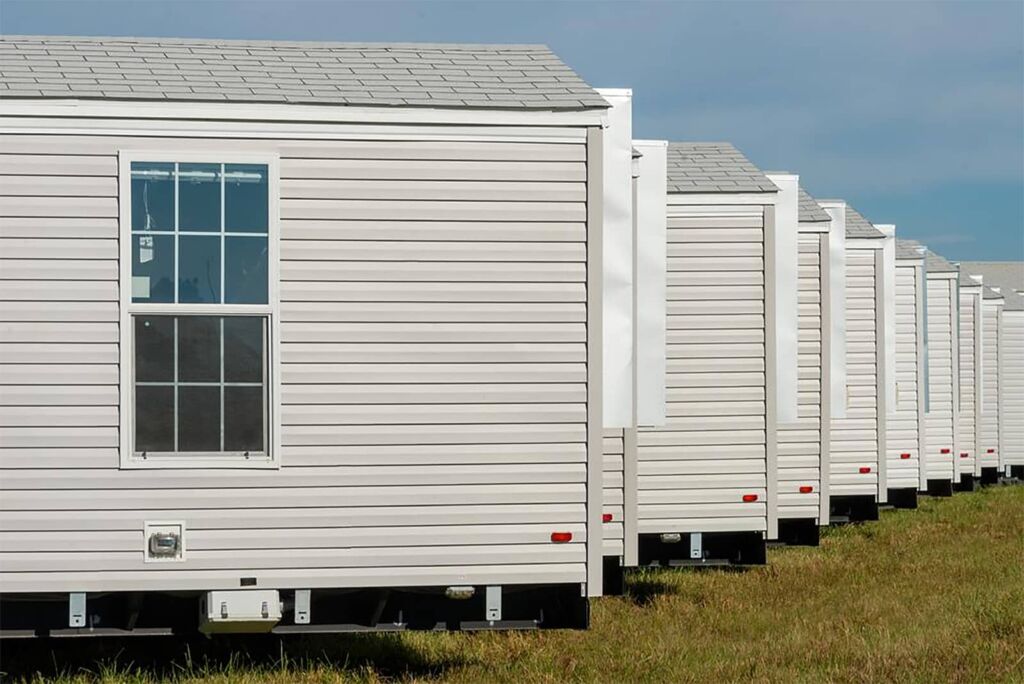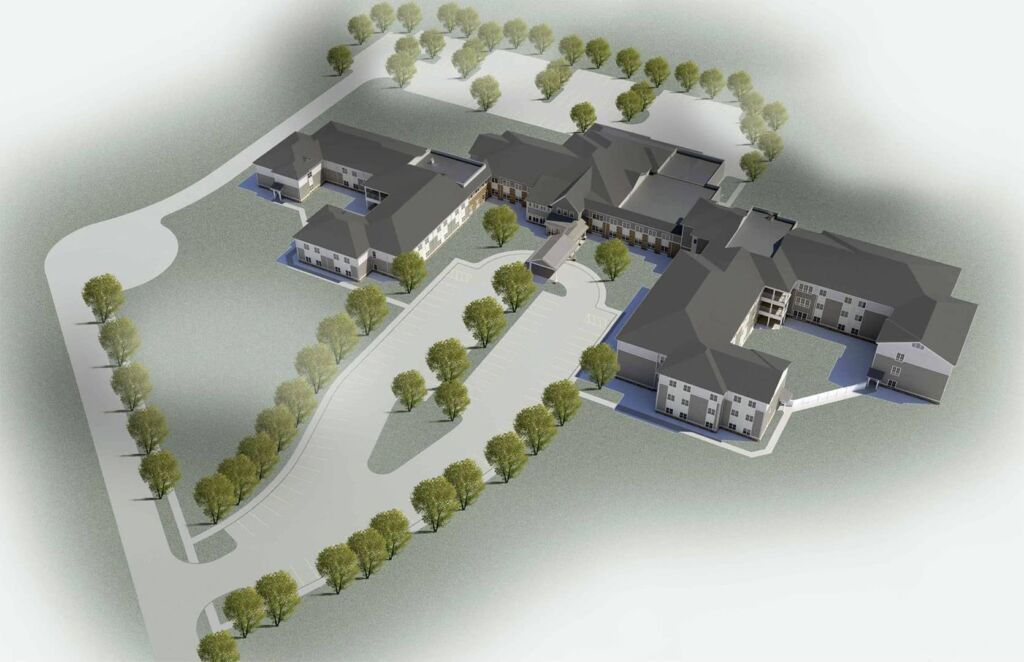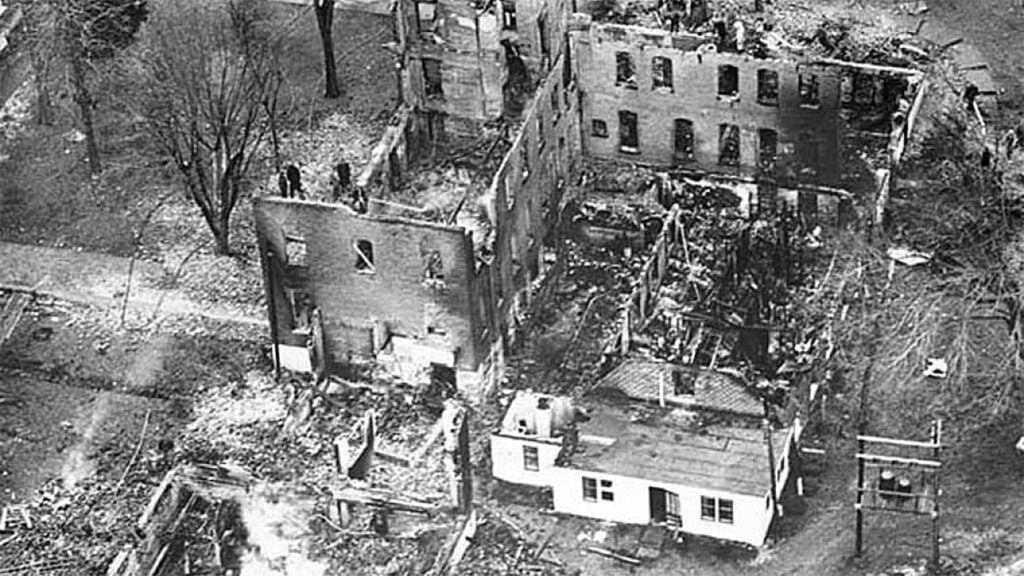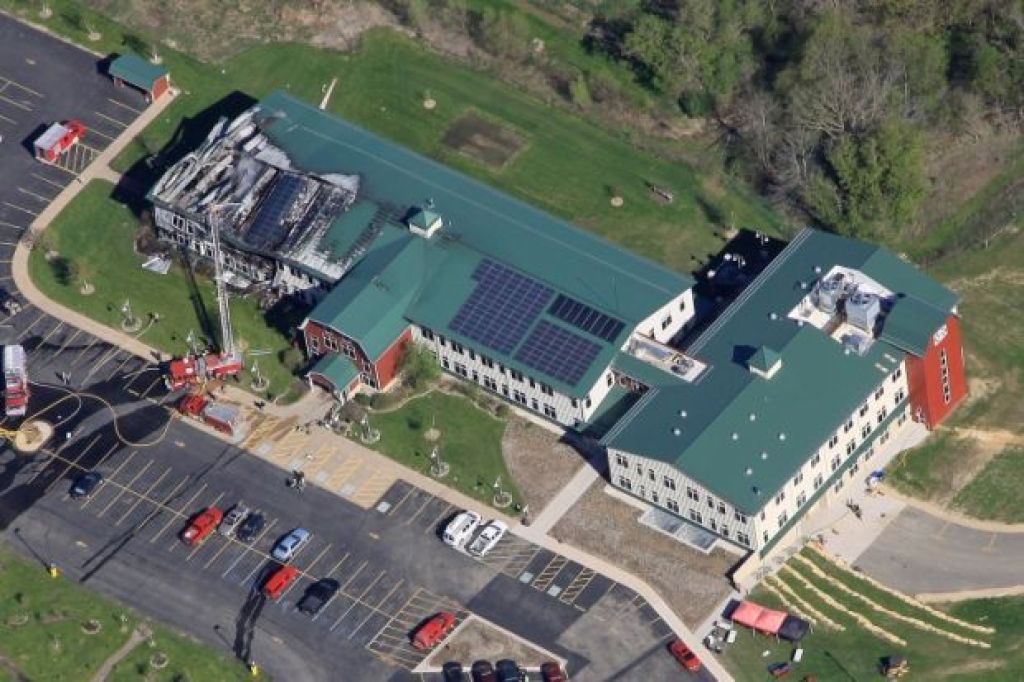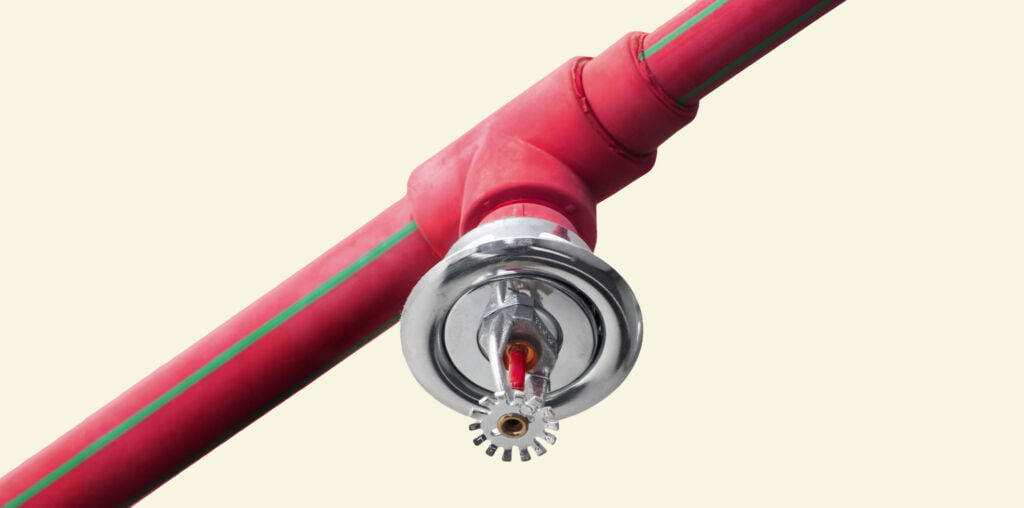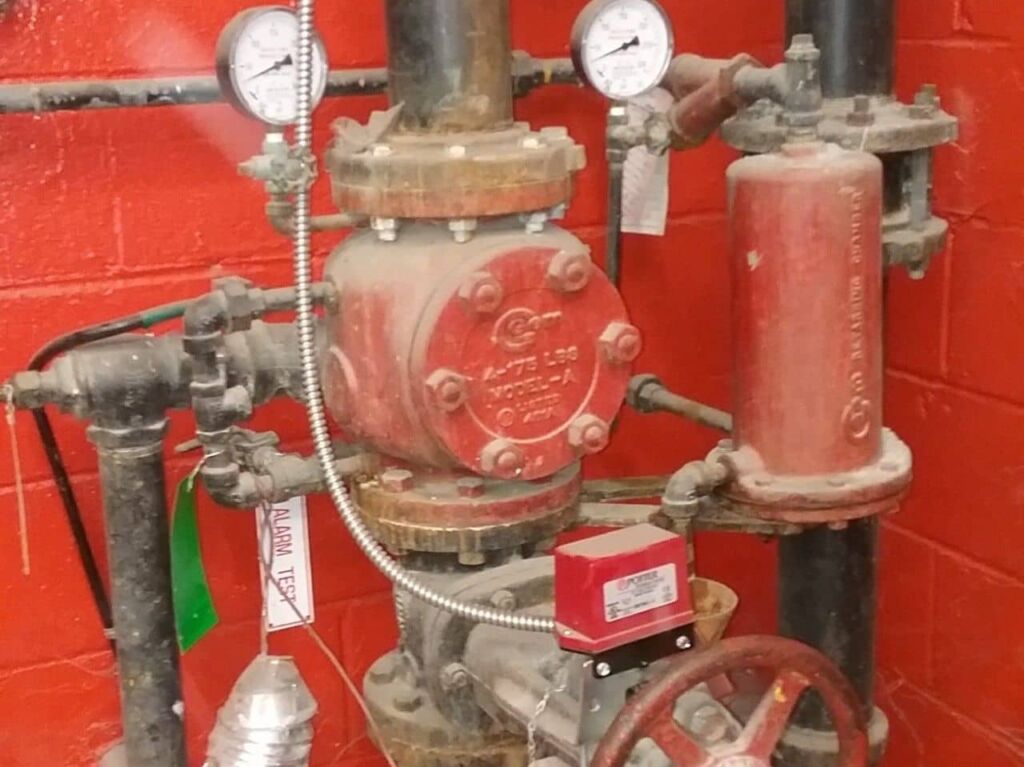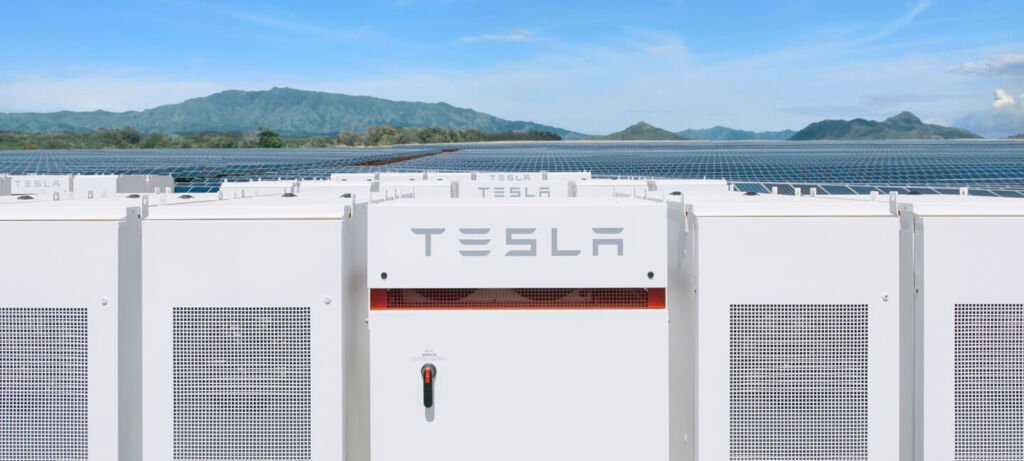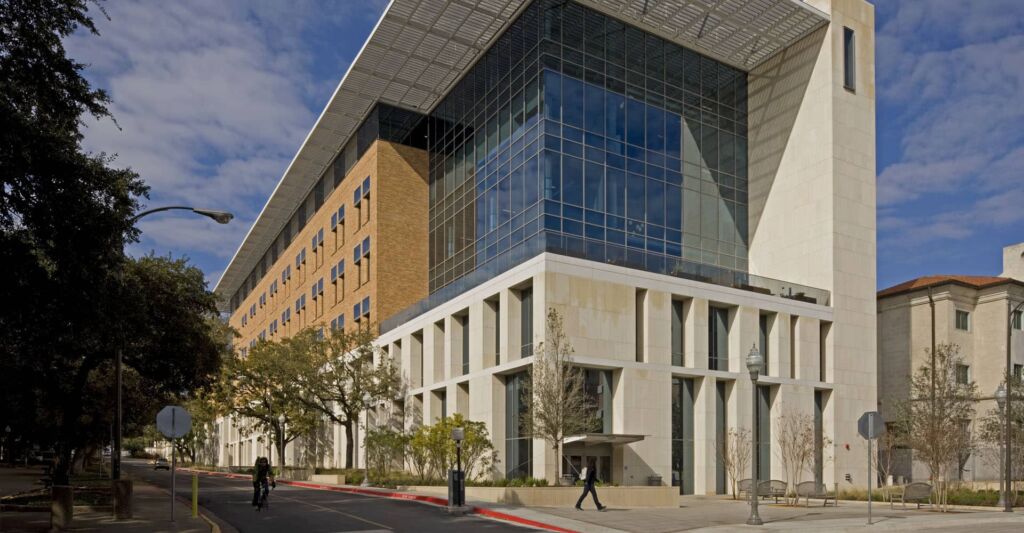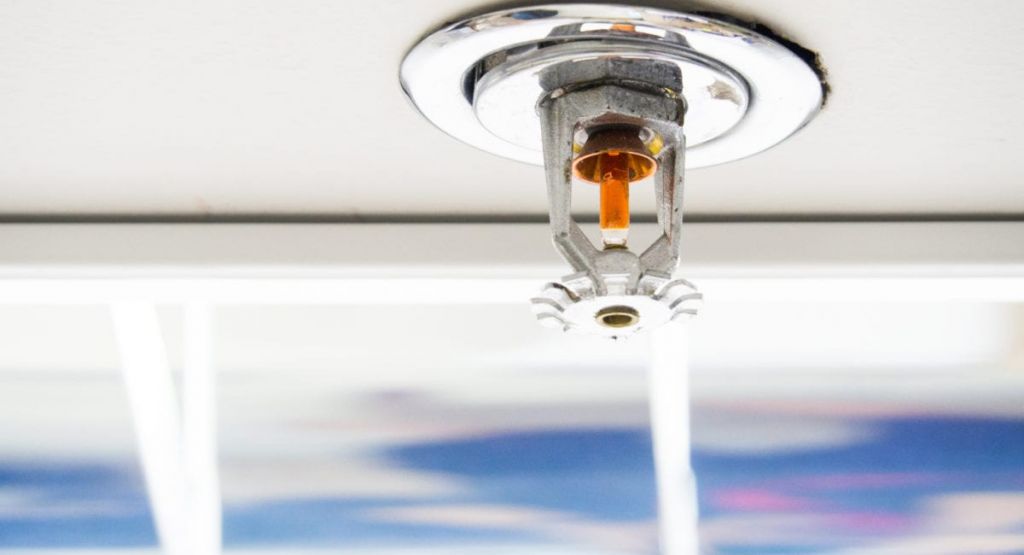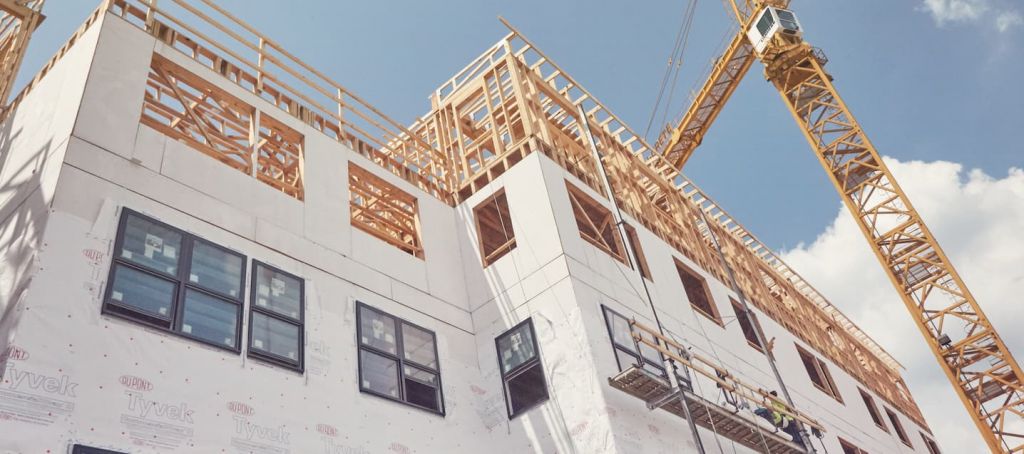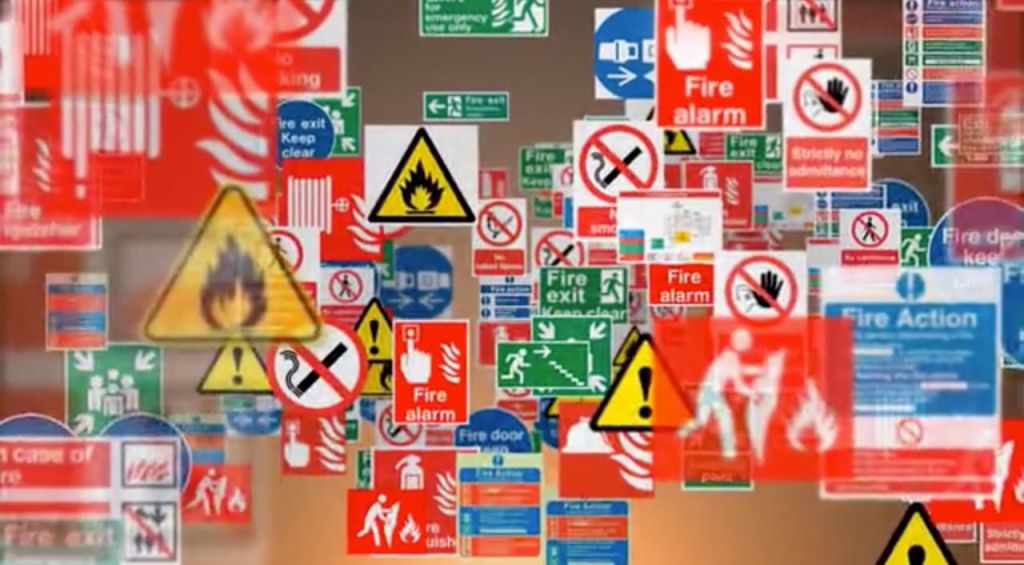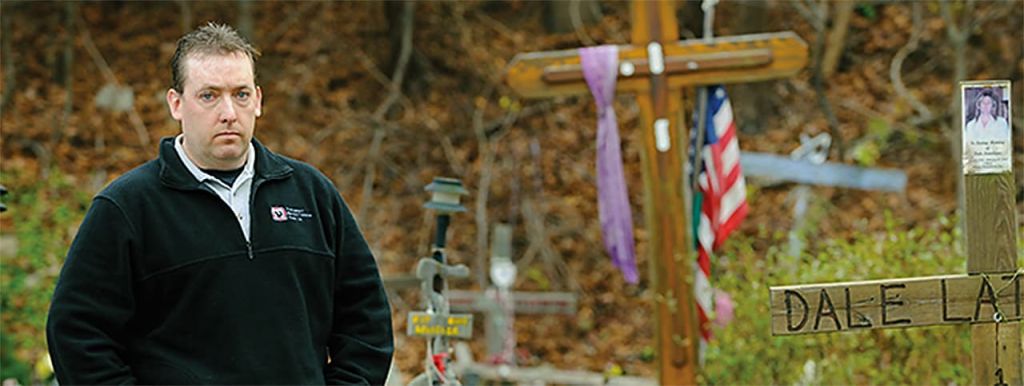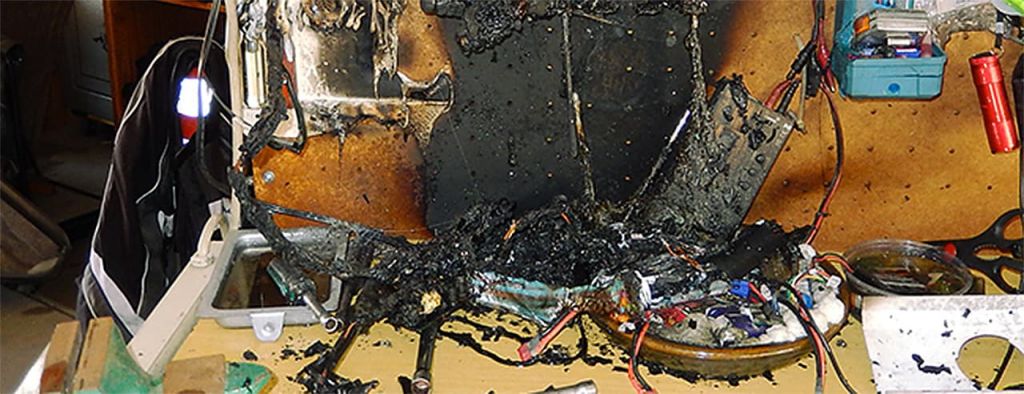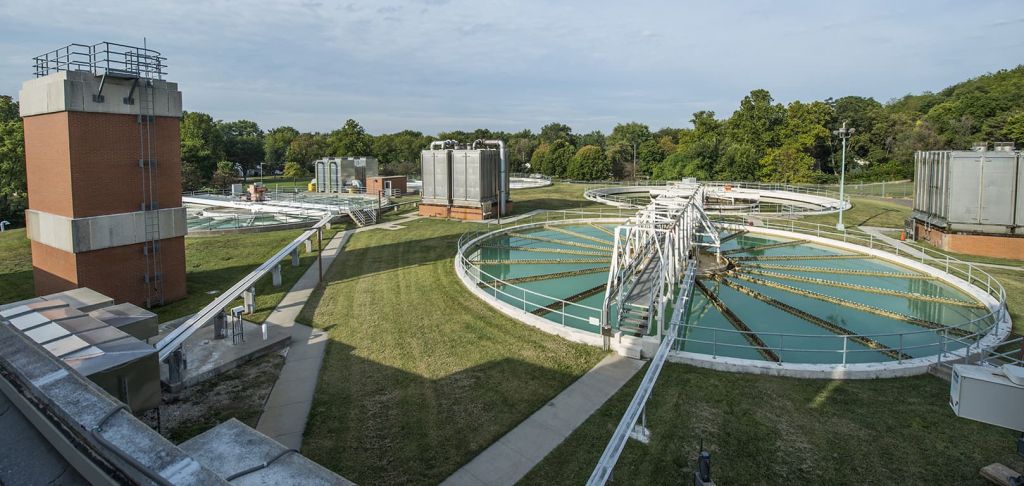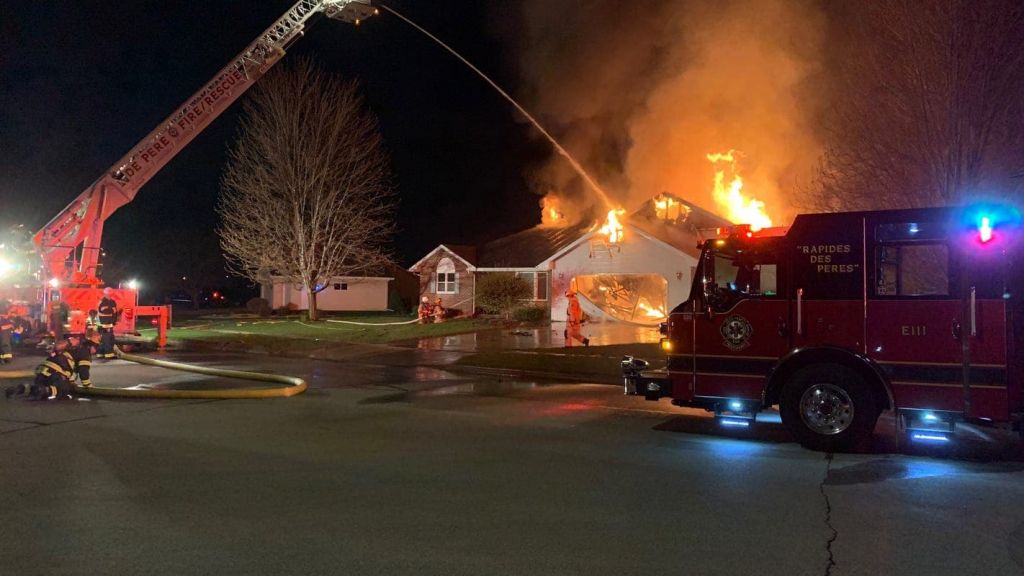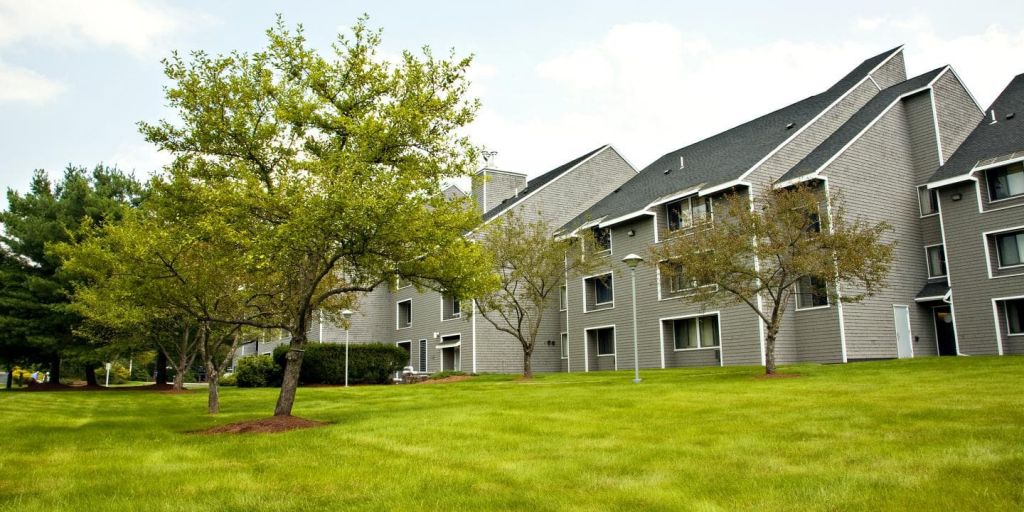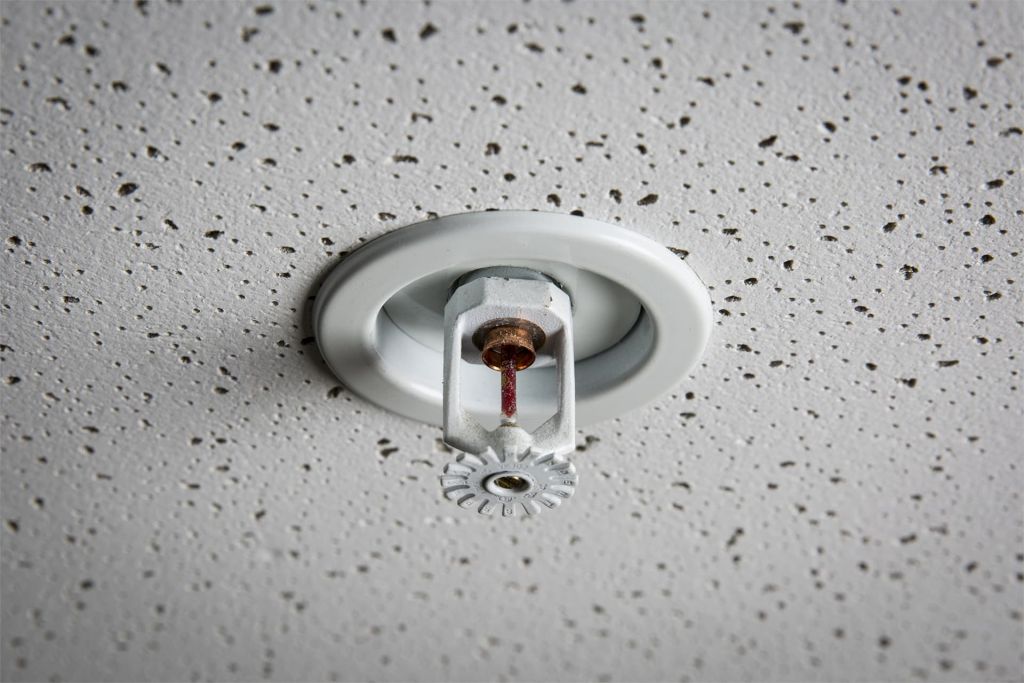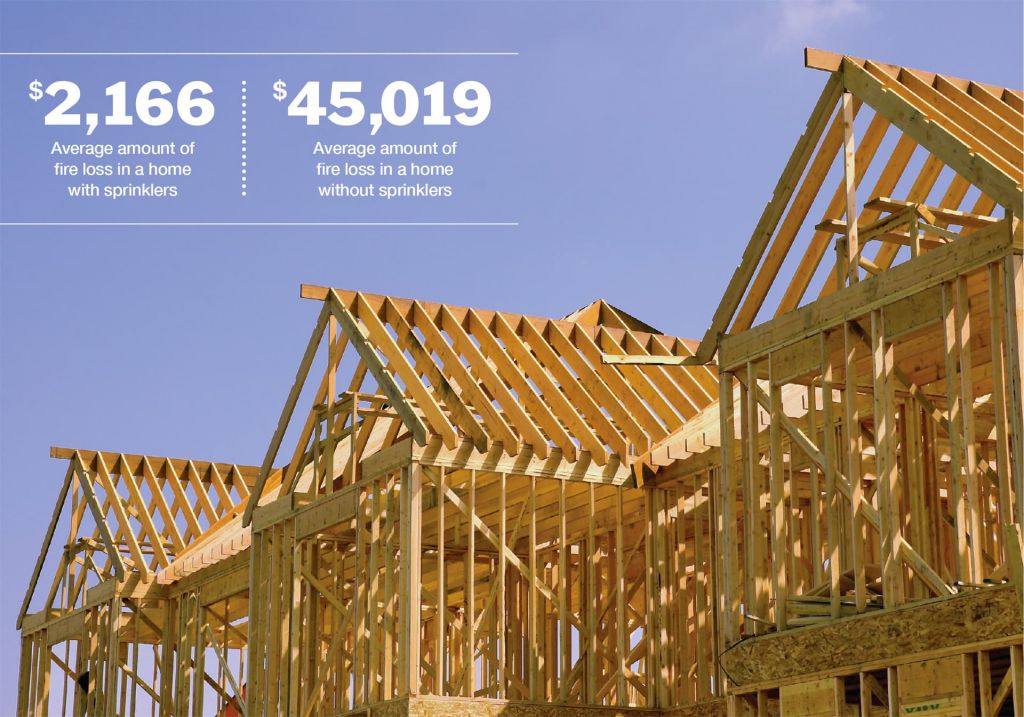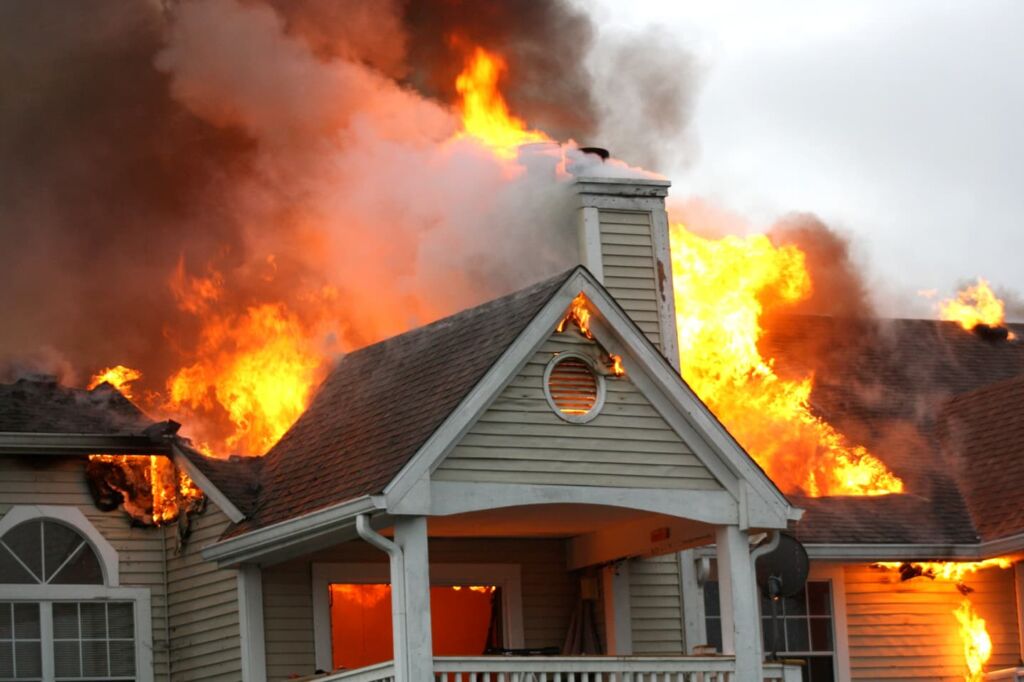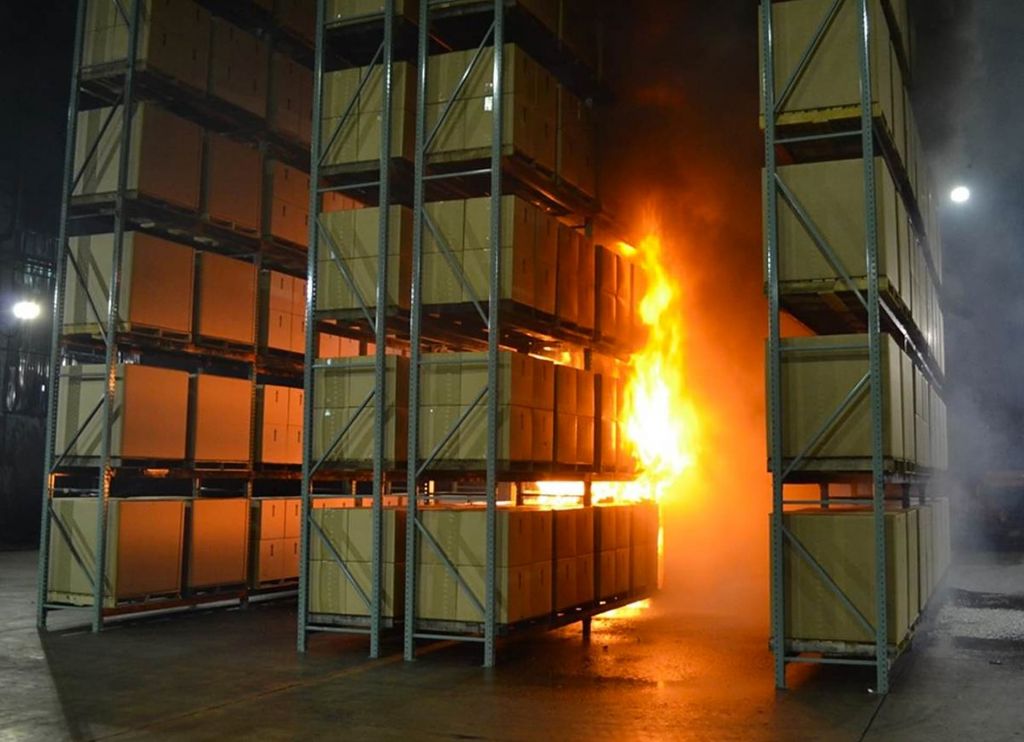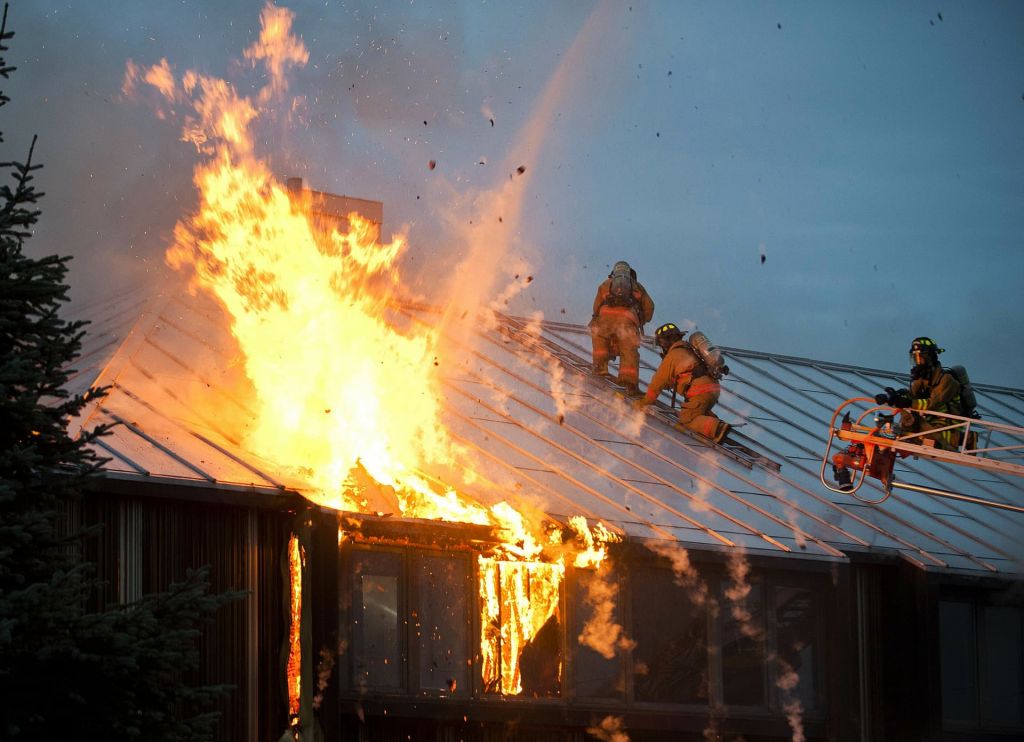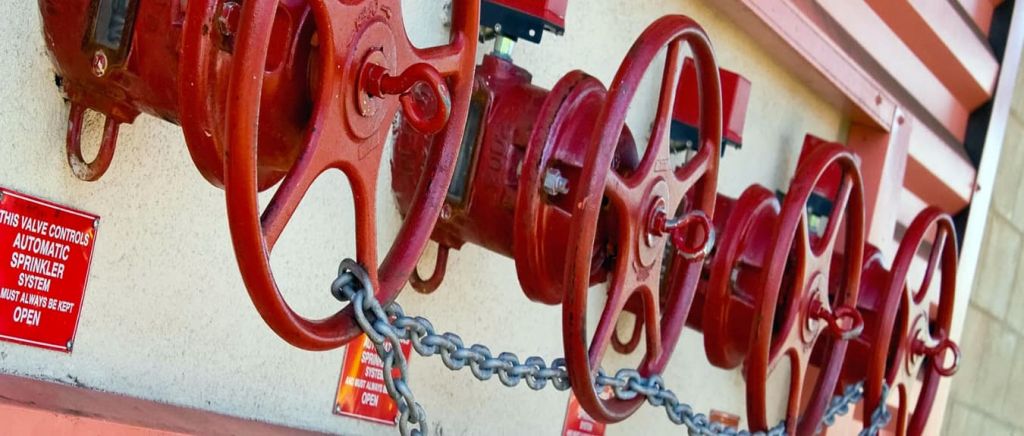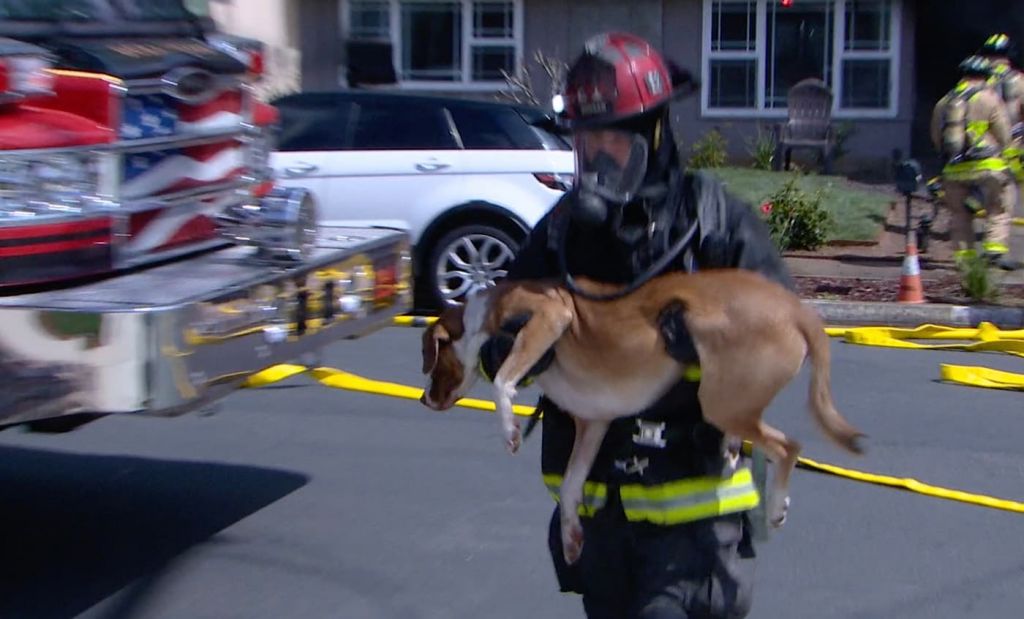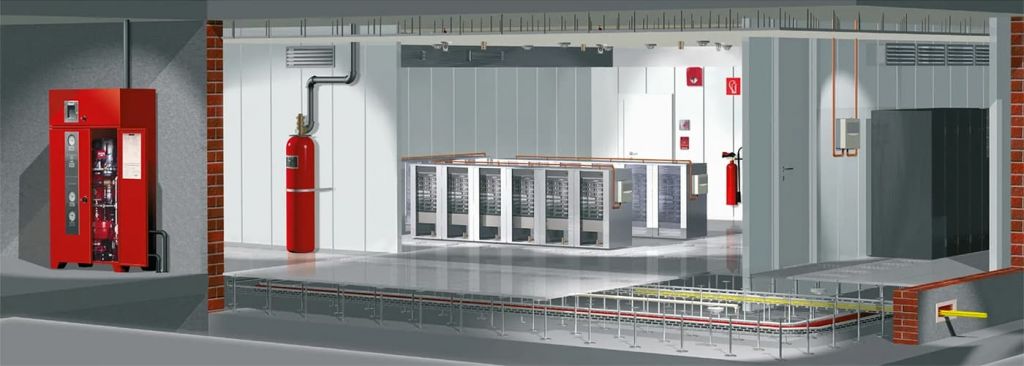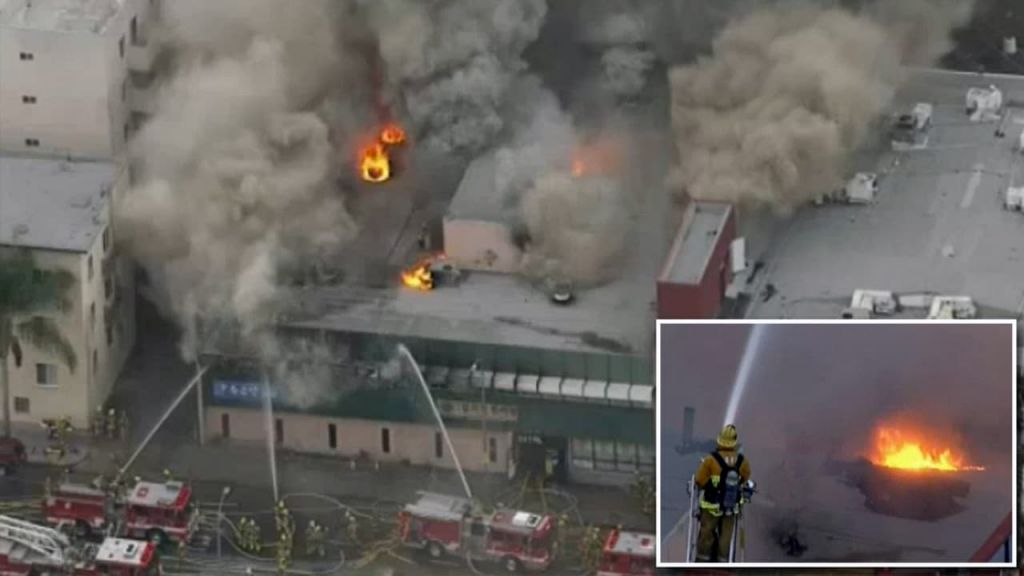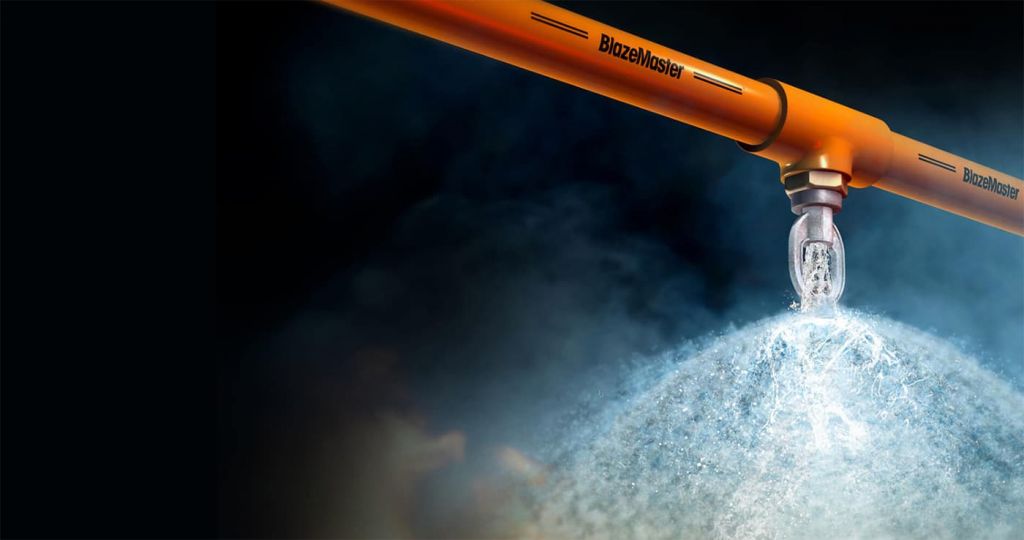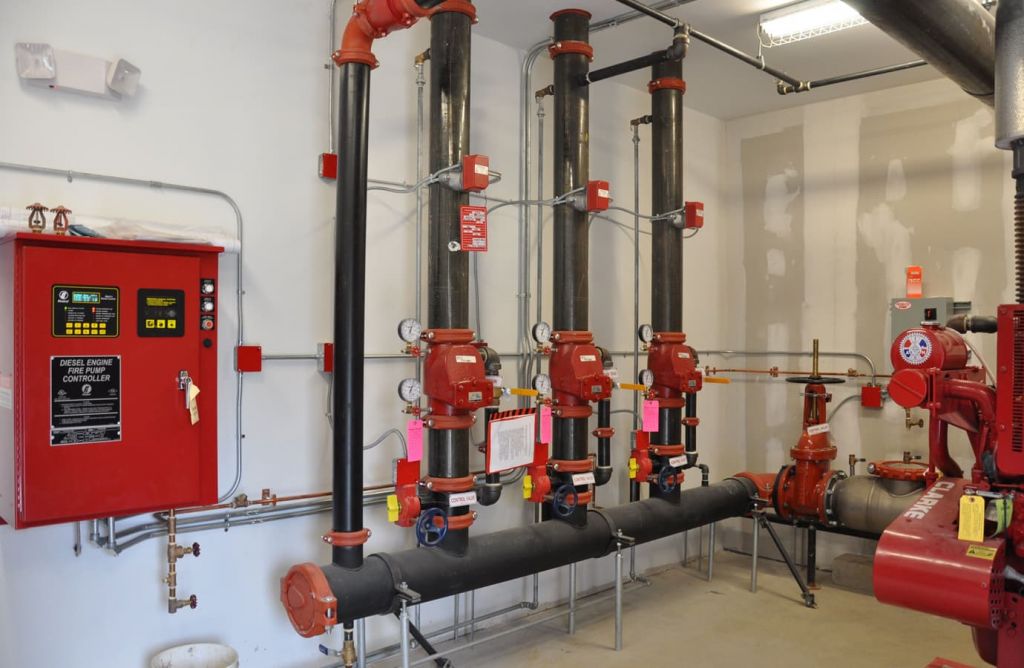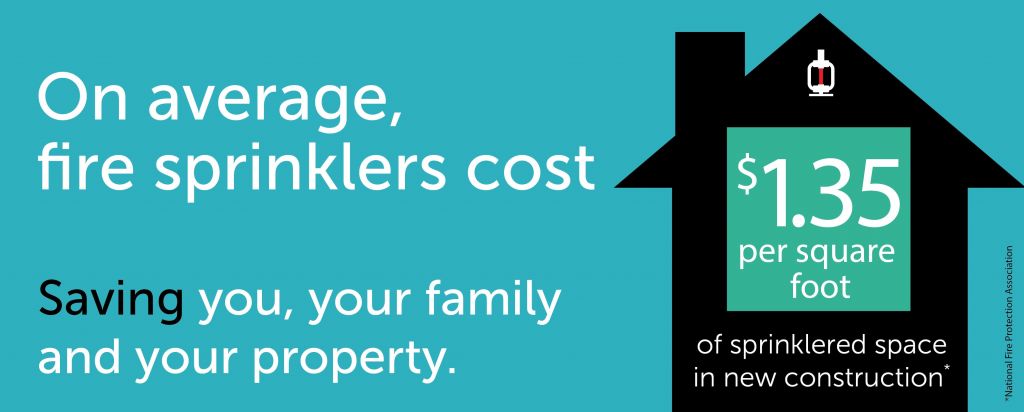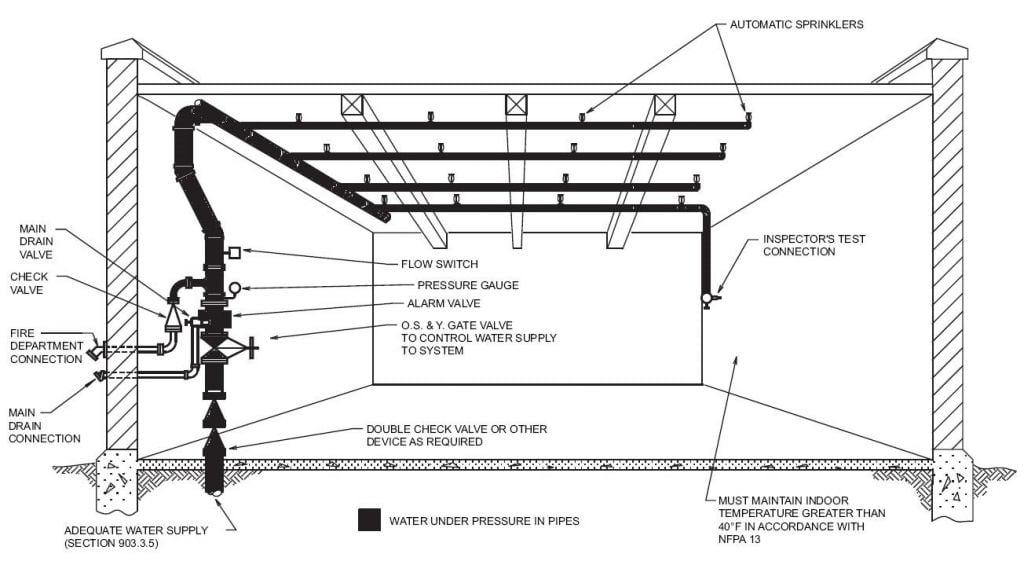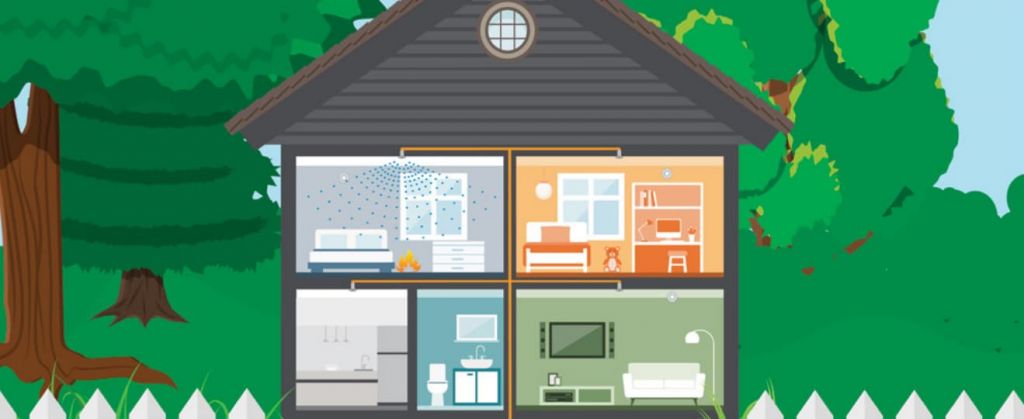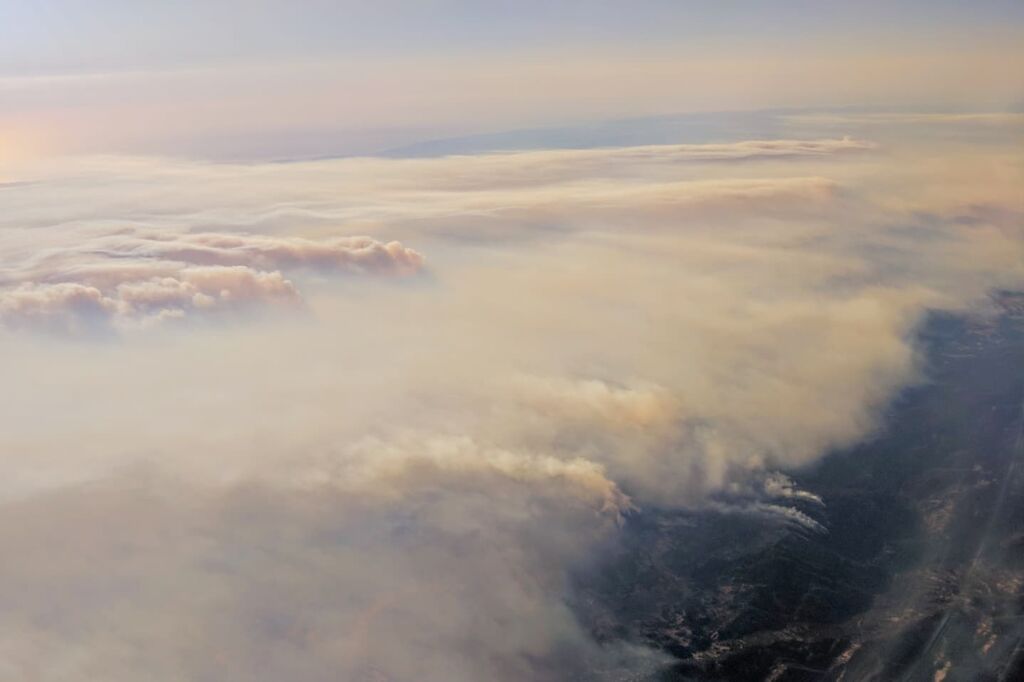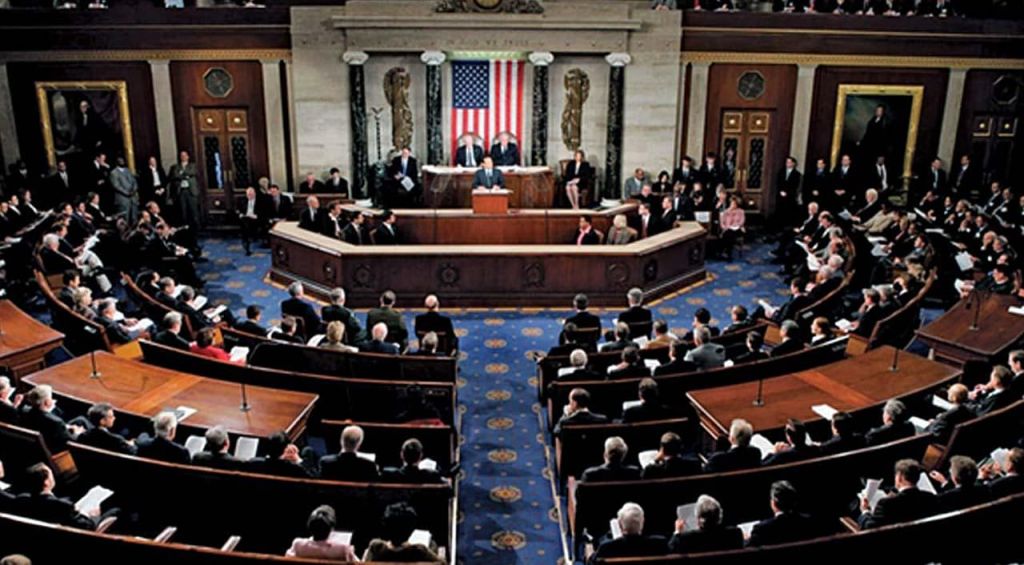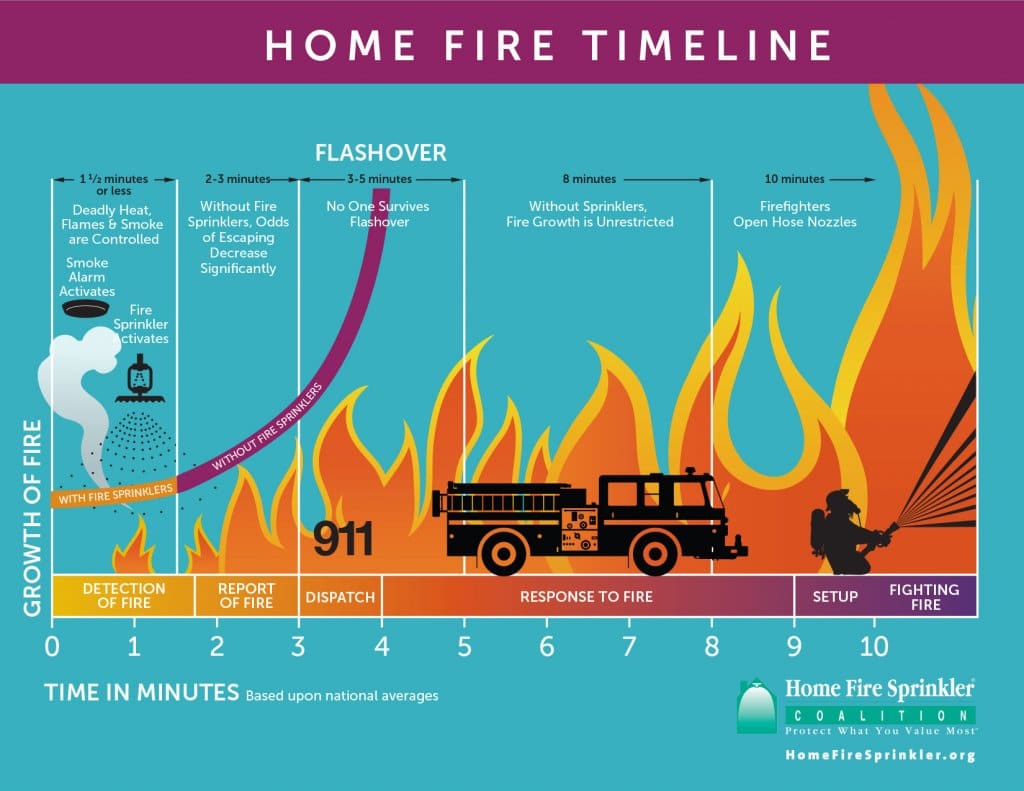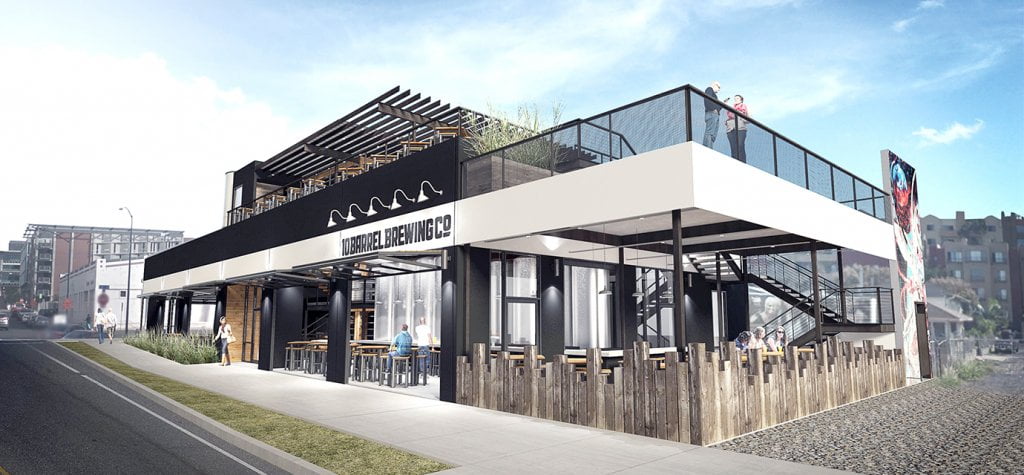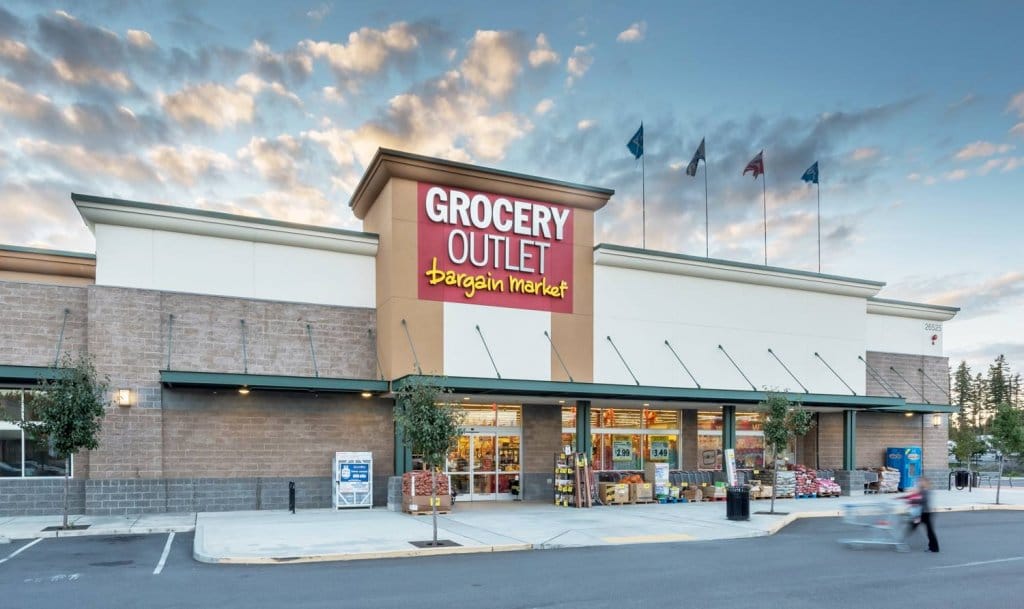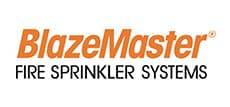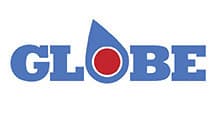Precision Fire Protection News
In Compliance | NFPA 13
In Compliance | NFPA 13

Establishing a water supply as part of a sprinkler system
BY BRIAN O’CONNOR
Water supply is a critical piece of a sprinkler system and is often the first thing you need to establish when designing and installing a system. Without an adequate water supply, even the best-designed sprinkler system can fail.
But water supply can also be a tricky variable. Municipal water supply, for example, can vary with the seasons, and in summer it can be affected by an array of seasonal activities, including lawn and garden watering and filling swimming pools. Vacation destinations that see an influx of summer visitors also experience a corresponding impact on the local water supply. These are just some of the reasons that water supply was an important topic addressed in the 2019 edition of NFPA 13, Standard for the Installation of Sprinkler Systems.
When identifying the required water demand for a sprinkler system, three criteria must be assessed: required flow (gallons per minute), pressure (pounds per square inch), and duration (the number of minutes the sprinkler system must operate). The required pressure, flow, and duration can be calculated based on the specific approach selected and the protection requirements for each installation. This information can be found in Chapters 19 through 26 of NFPA 13.
Once you have determined the pressure and flow required by your system, you need to make sure your water supply is sufficient. For a municipal water supply, this can be determined by conducting a hydrant flow test in accordance with NFPA 291, Recommended Practice for Fire Flow Testing and Marking of Hydrants, which includes the necessary water supply test data. If the hydrant flow test indicates that your municipal water supply is inadequate, then a fire pump installed in accordance with NFPA 20, Standard for the Installation of Stationary Pumps for Fire Protection, will provide increased pressure, or an alternate water source can be used when the available flow is insufficient.
While a municipal water supply is the most common source, since it’s the most readily available in many areas, there are other possibilities if a municipal source isn’t an option. Static water supplies such as rivers, lakes, ponds, or reservoirs can also work, but sprinkler systems reliant on these sources must be installed with fire pumps to ensure adequate pressure and flow are met. Additionally, pumps need to be arranged to avoid the intake of sediment and require screens or strainers to help filter the water.
External tanks can also be used to contain a water supply for a sprinkler system. Some tanks are elevated and use gravity to help achieve the desired flow and pressure, while others need fire pumps or pressurized tanks to achieve this. Requirements for the design, construction, and operation of water storage tanks can be found in NFPA 22, Standard for Water Tanks for Private Fire Protection.
Since the reliability of water supplies is a critical part of a sprinkler system, those supplies must be properly maintained if they are to function when needed. NFPA 25, Standard for the Inspection, Testing, and Maintenance of Water-Based Fire Protection Systems, contains requirements for maintaining your water storage tanks.
It is important to consider all the variables that can affect your water supply—the potential for a community’s seasonal growth and the resulting daily fluctuations in water supply are just a couple of examples of the factors you need to take into account when planning and installing a sprinkler system. Failure to do so can lead to a system that is undersupplied and may not perform as designed.
PEOPLE We Protect
Our Distributors and Suppliers
Experience
Our team started in the fire protection industry over 20 years ago. Since then we have grown into a statewide fire protection construction leader. Our team of project managers, engineers, designers, inspectors, installers, and technicians all share a passion for quality work and high standards. Precision Fire Protection understands the need to complete projects with integrity, safety, and precision!
Dedication
Our mission is to provide our customers with timely, high quality, affordable fire protection services that are guaranteed. We strive to achieve our client’s complete satisfaction. We are relentless in applying the highest ethical standards to ourselves and to our services and in communications with our customers. We aim to fulfill that mission in everything we do.
Precision
Precision Fire Protection keeps its team together, even when it's not. Just as vital as field personnel’s tools are, our project managers are equipped with the latest software to manage projects. Our project managers send dailies, RFIs, and plan revisions to the cloud so that everyone has access no matter where they are. Being connected is our way of ensuring every project goes smoothly.
Safety
Our team of multi-certified managers and supervisors are highly experienced in job safety. Our managers are OSHA certified to handle each project with care and sensitivity to every unique job site. By ensuring on-site safety on every project we work on throughout Southern California, Precision Fire Protection has developed positive relationships with our General Contractors.



